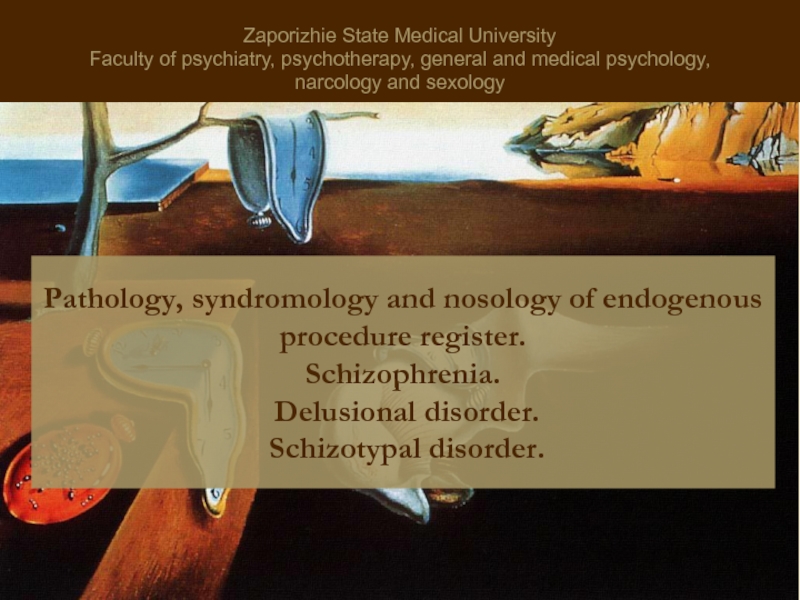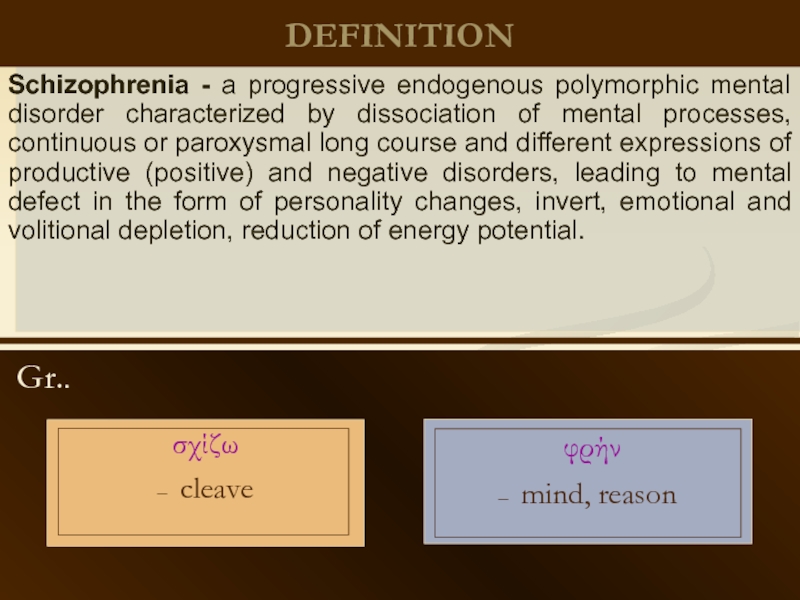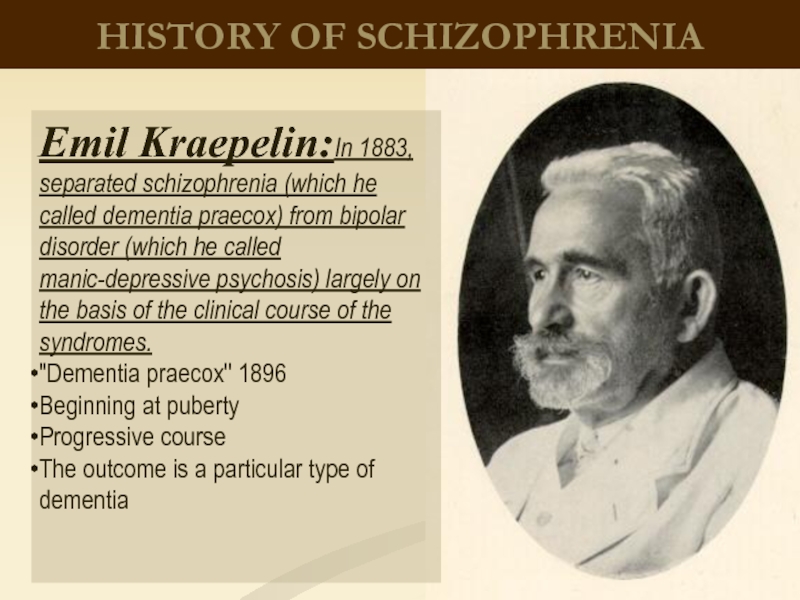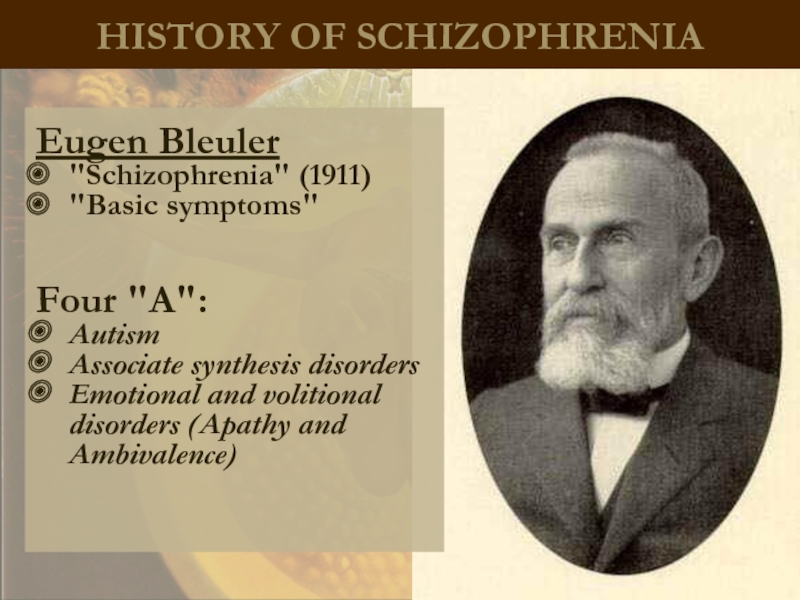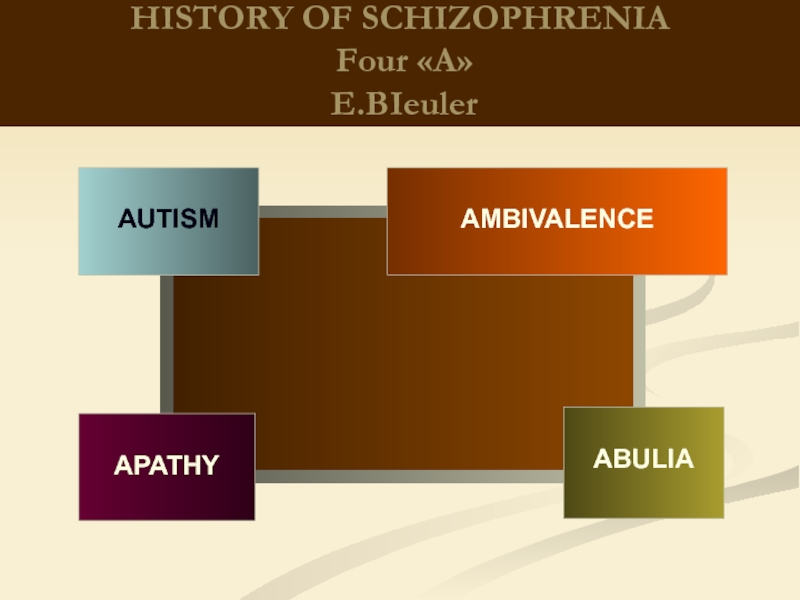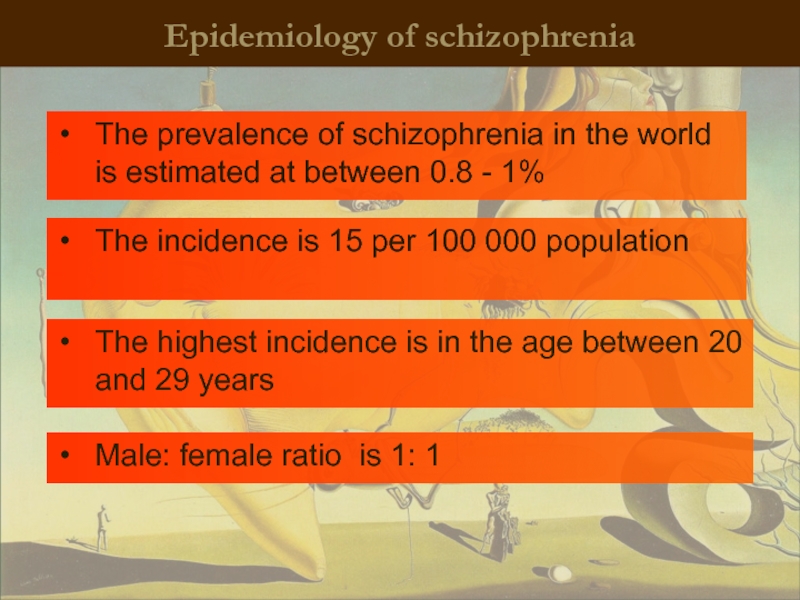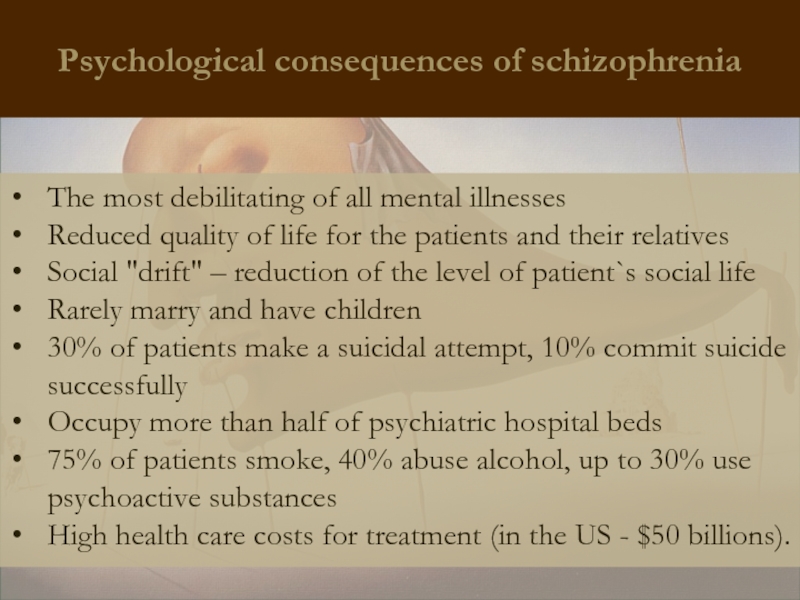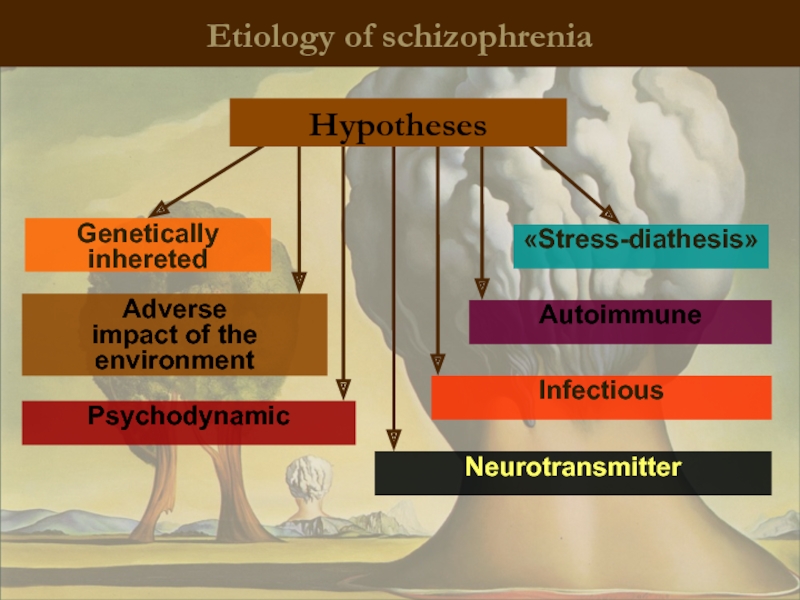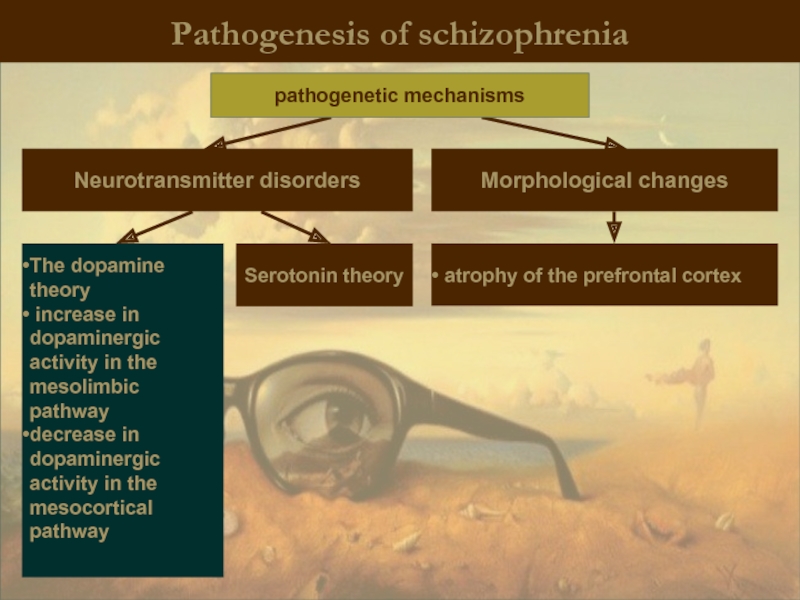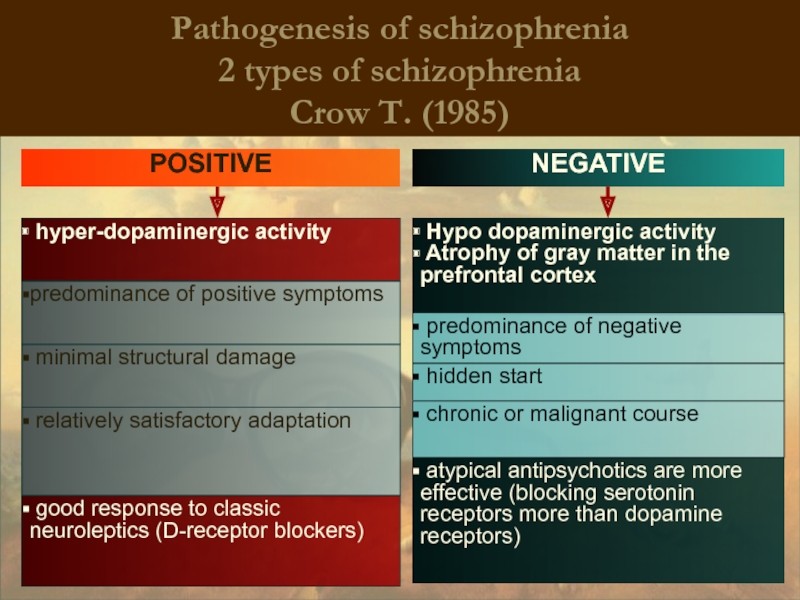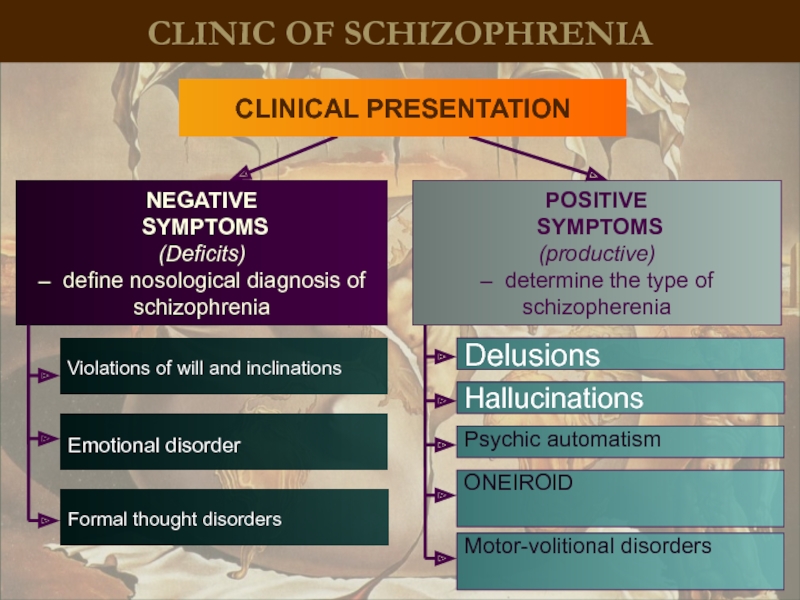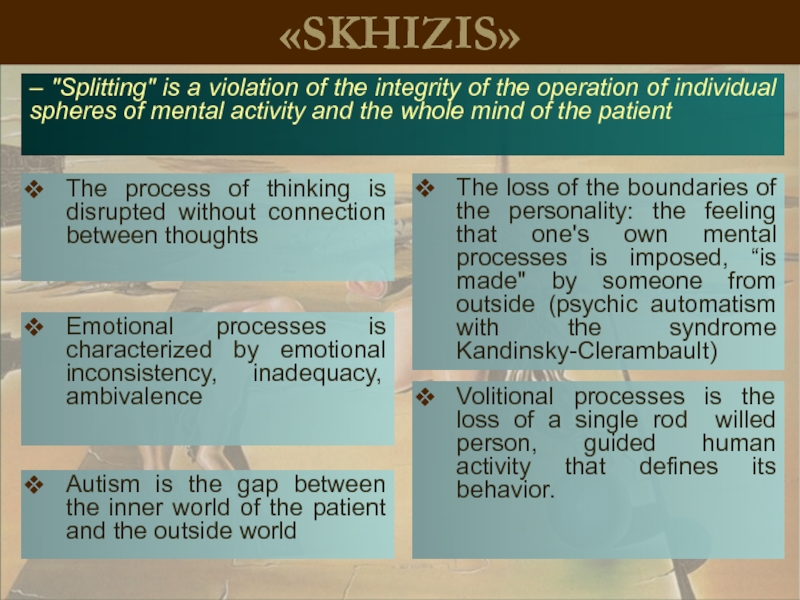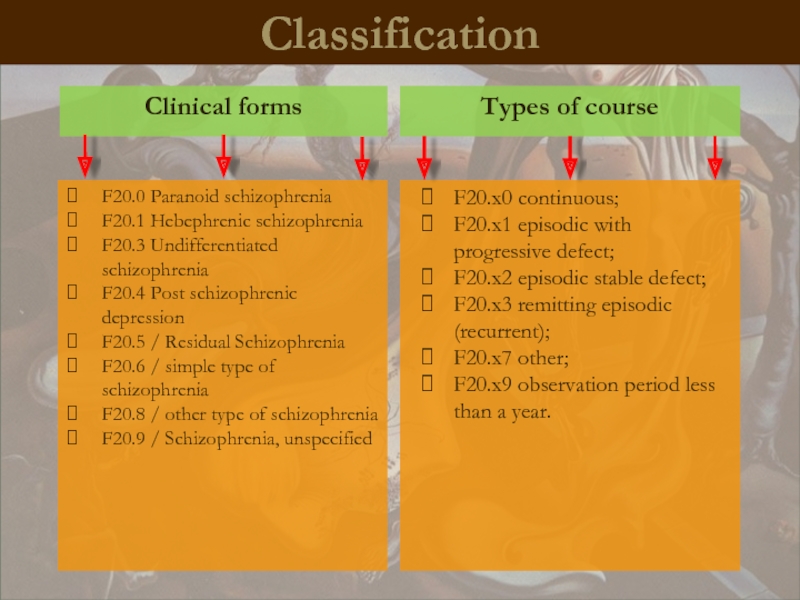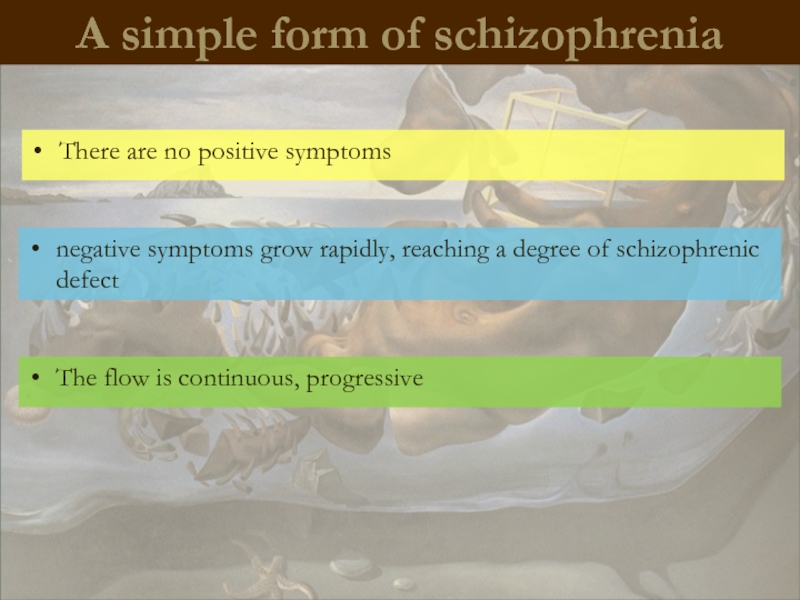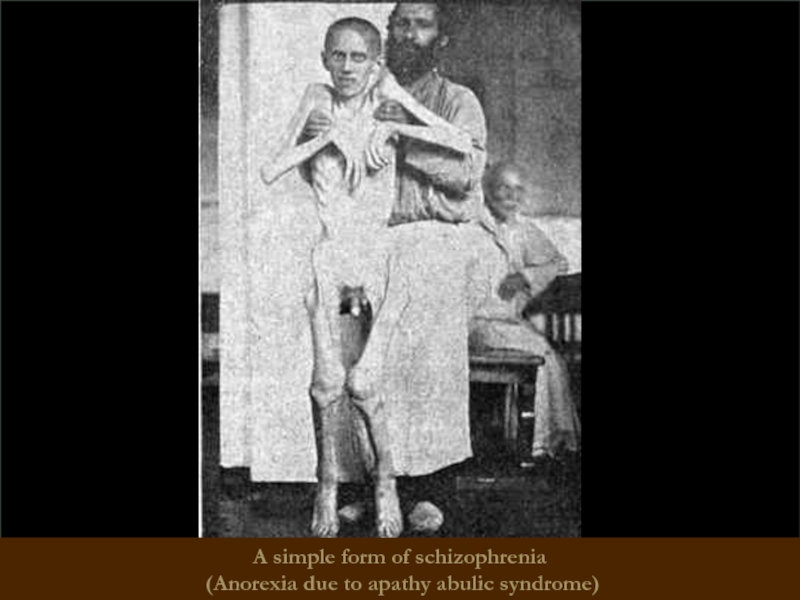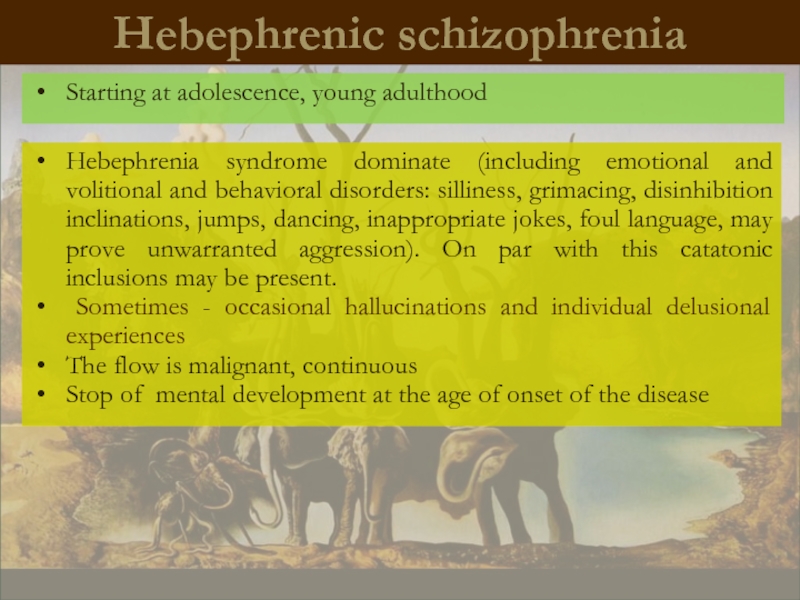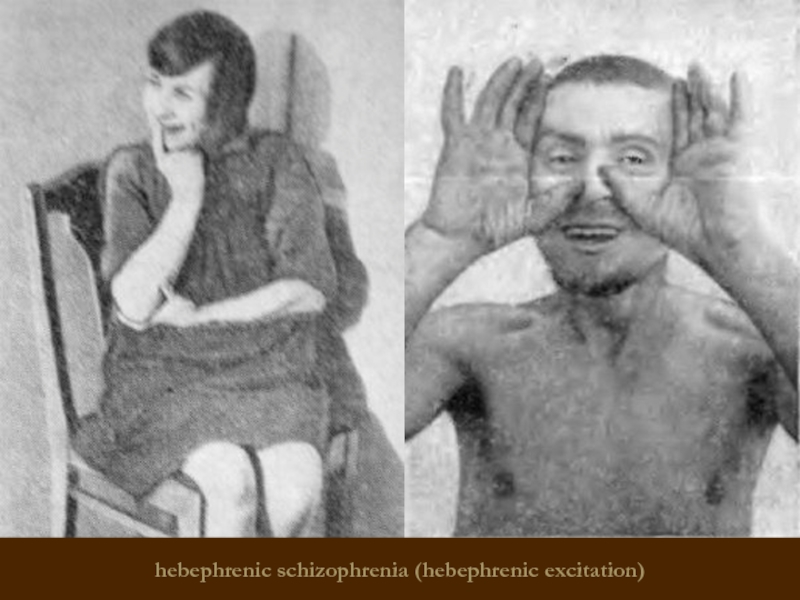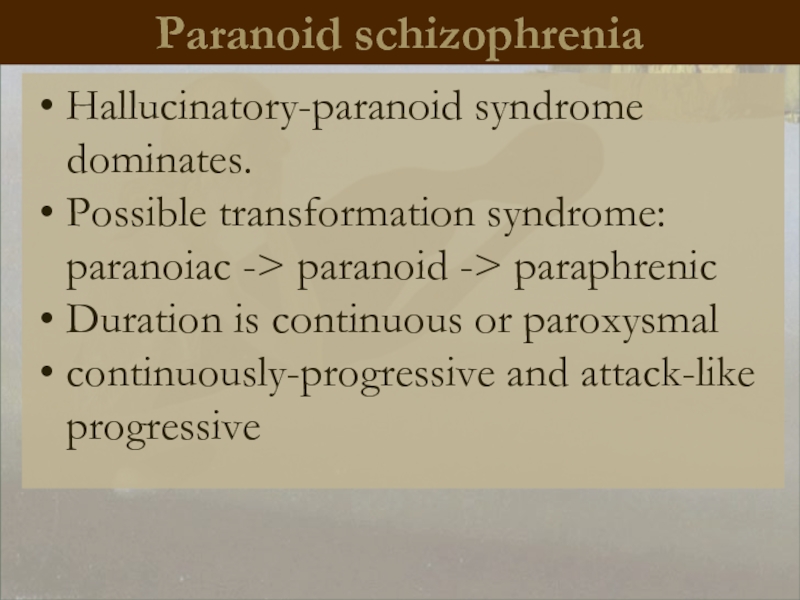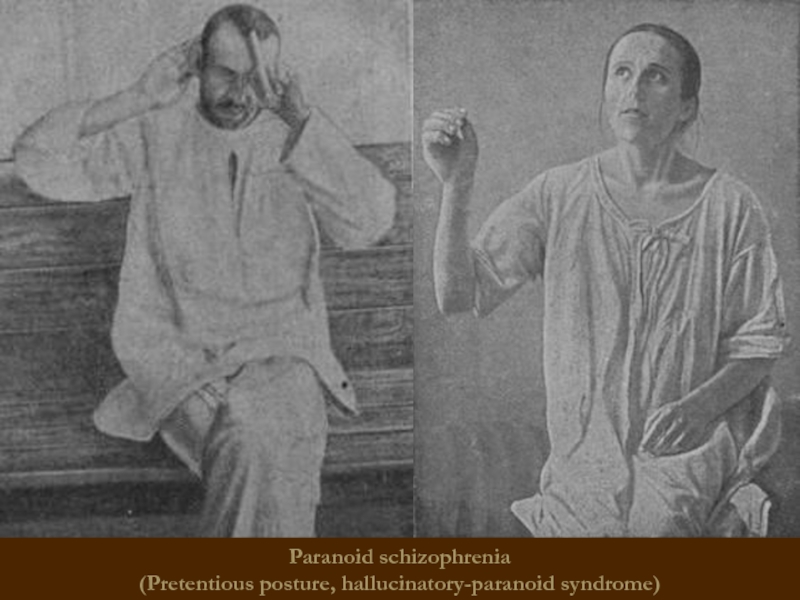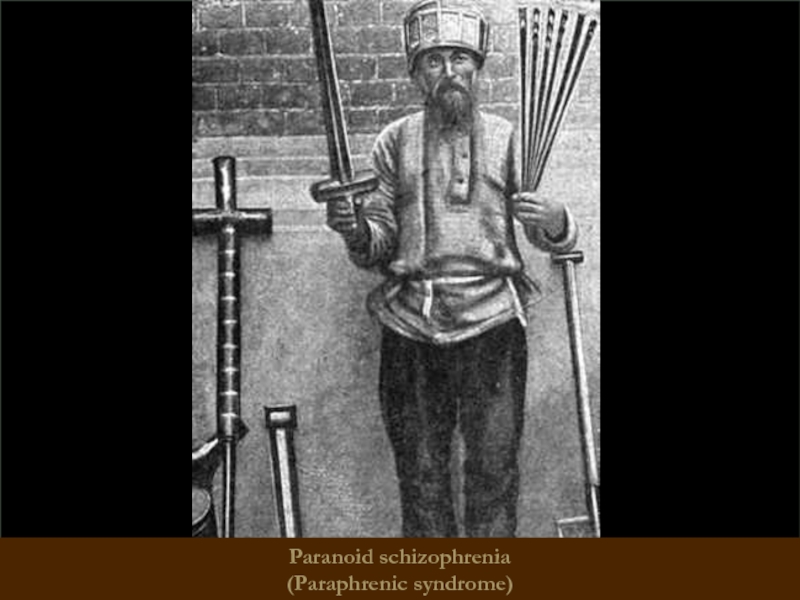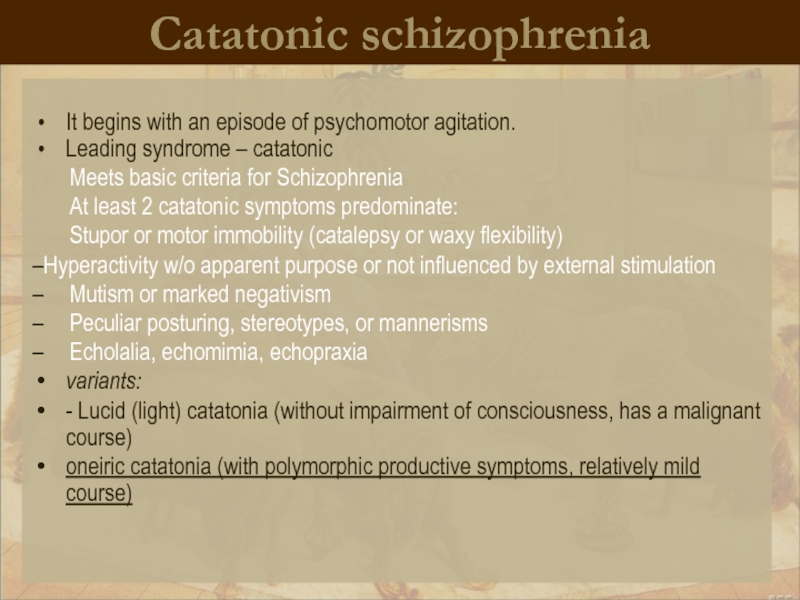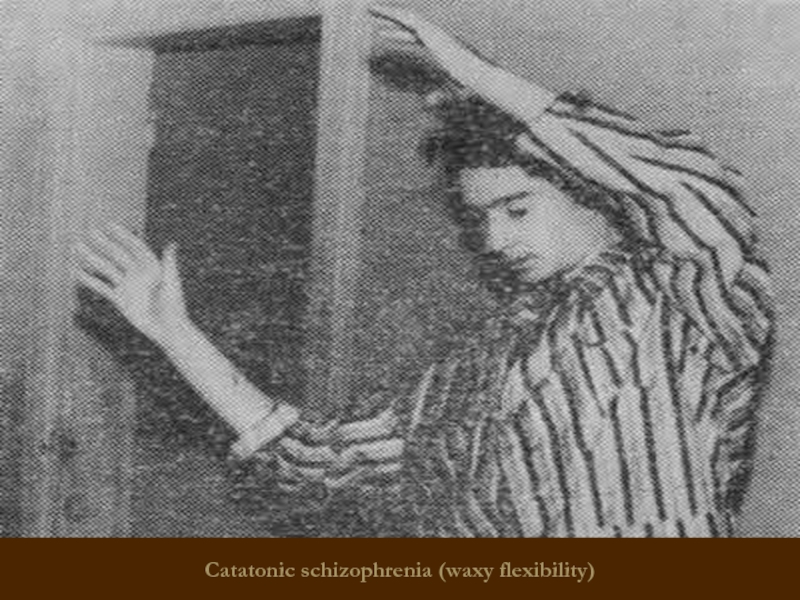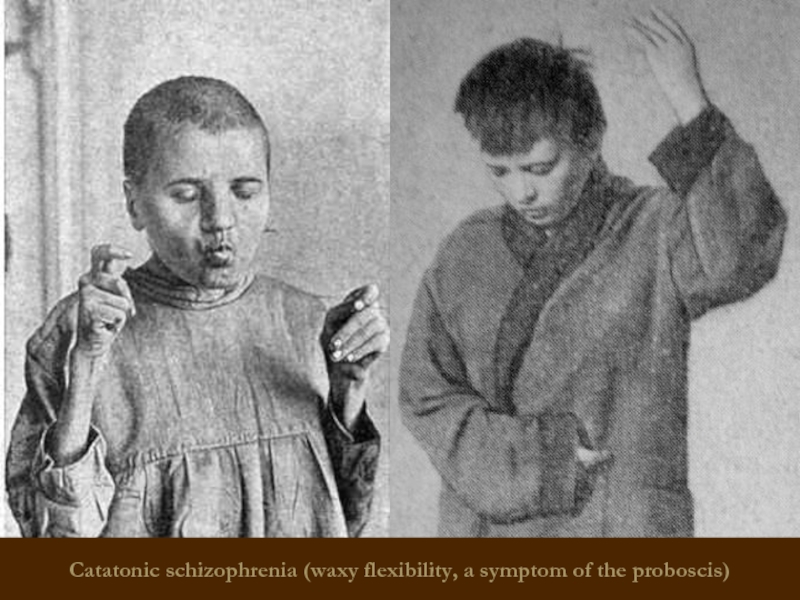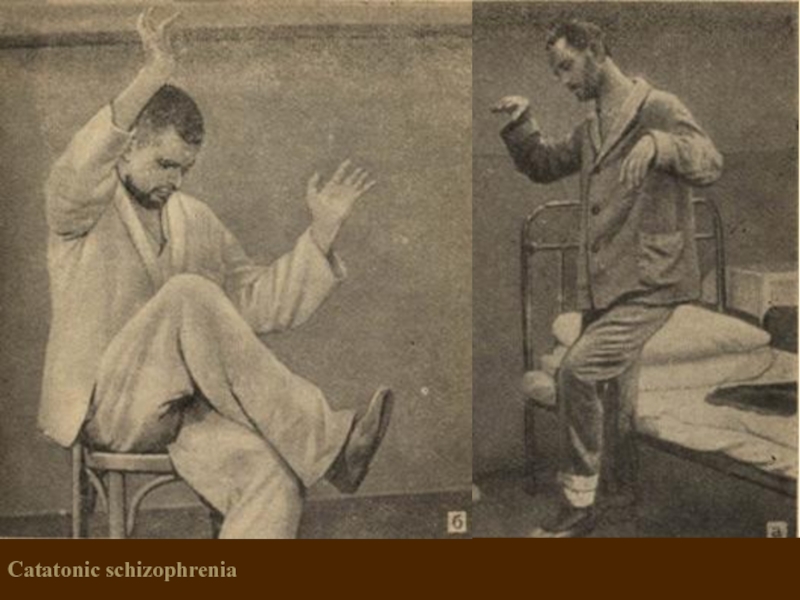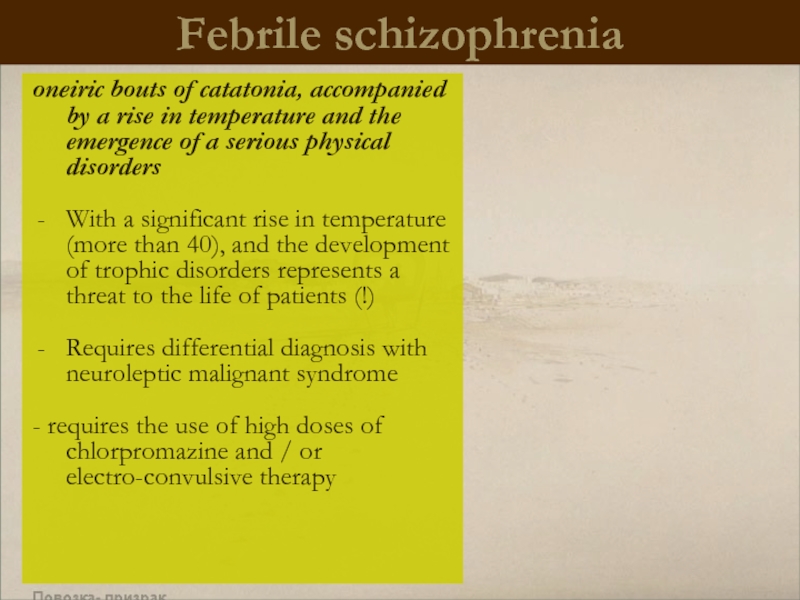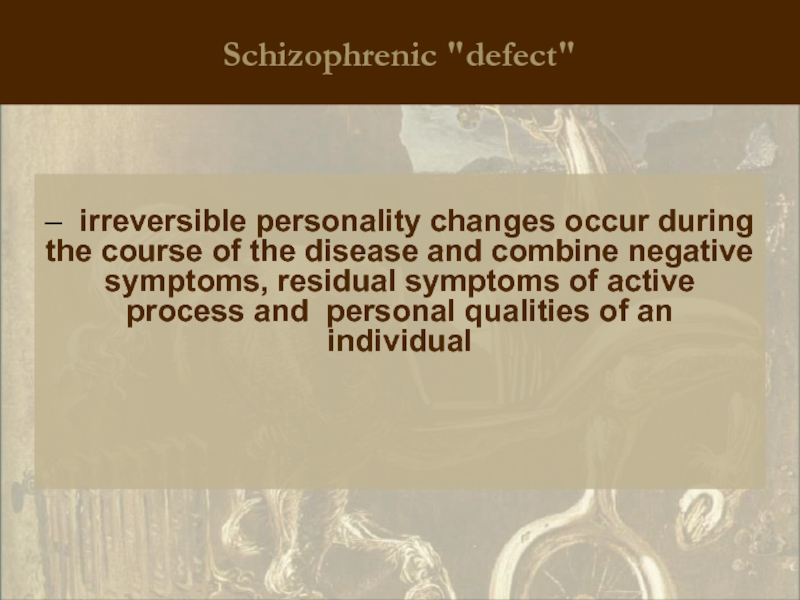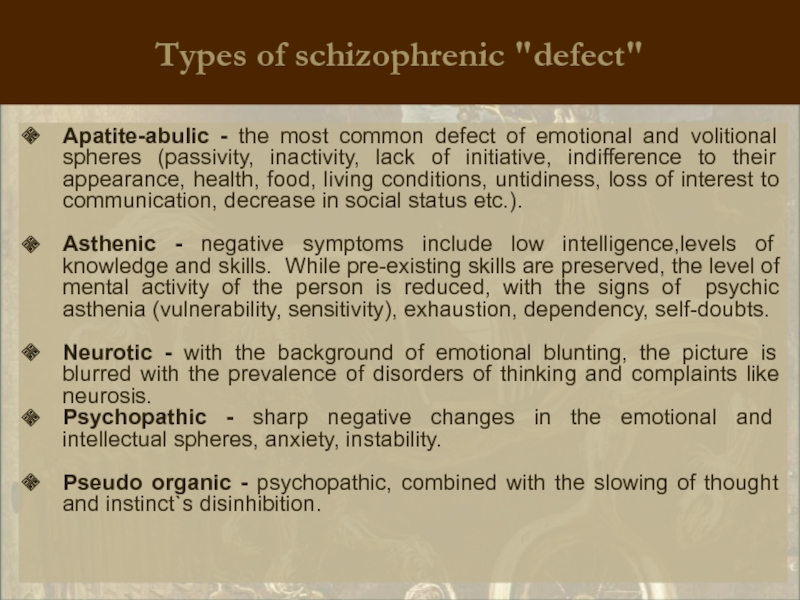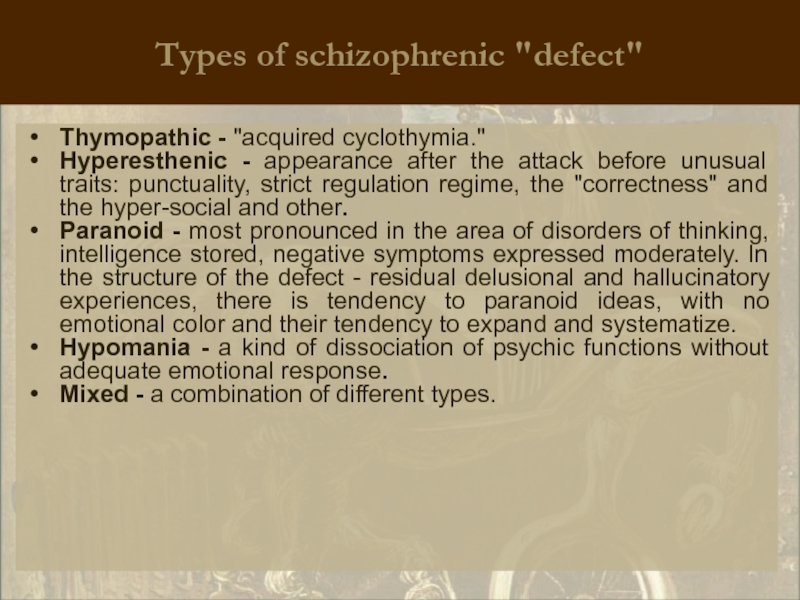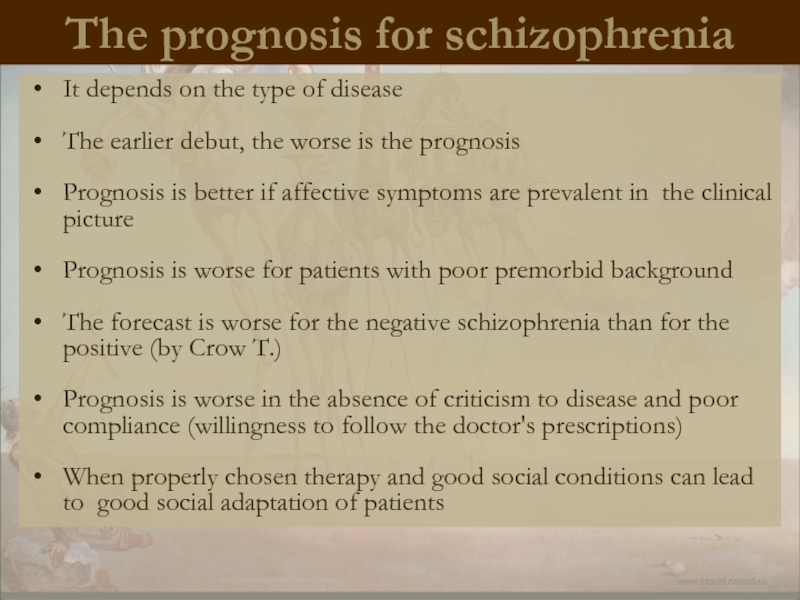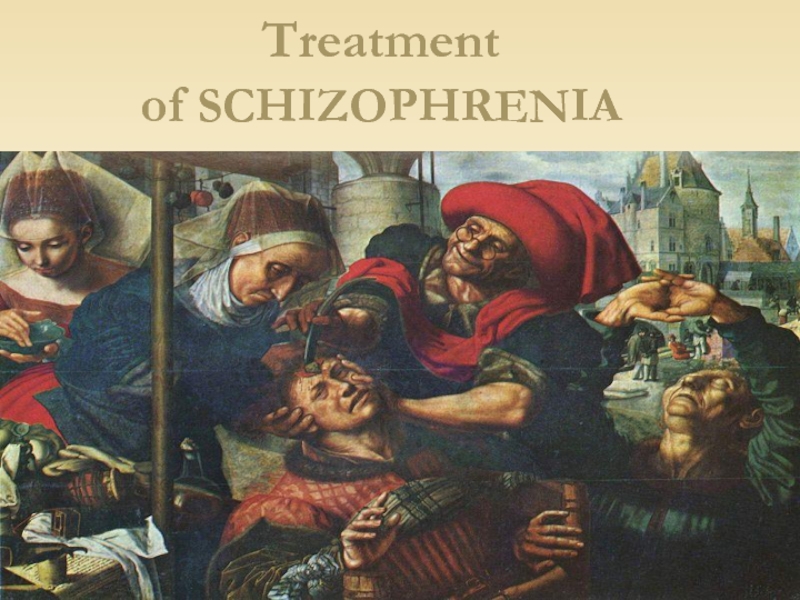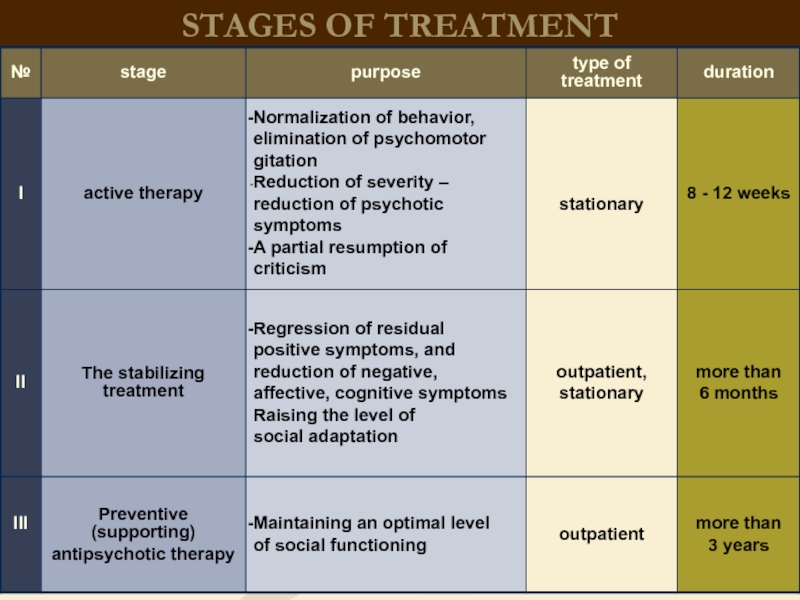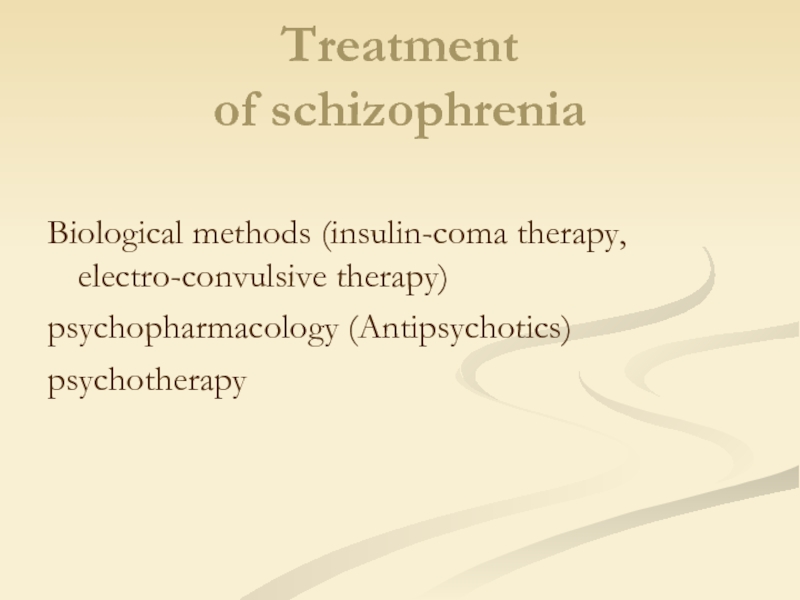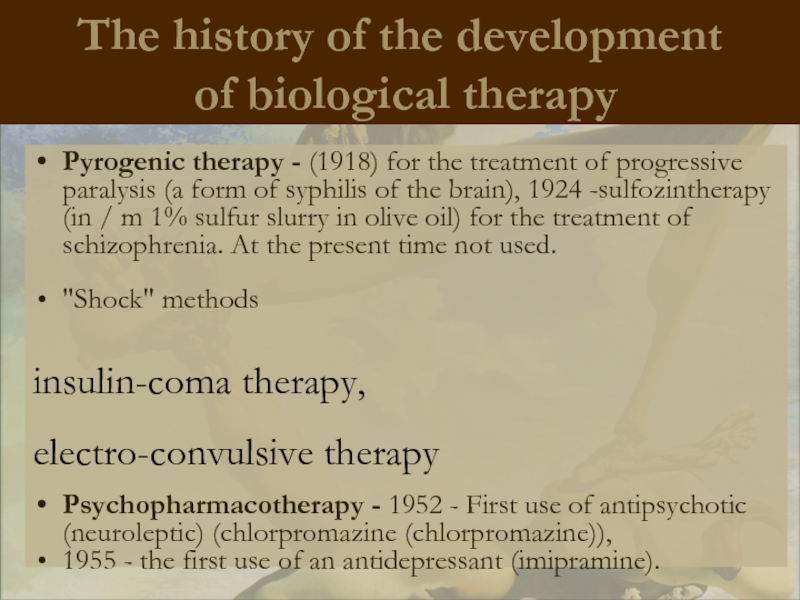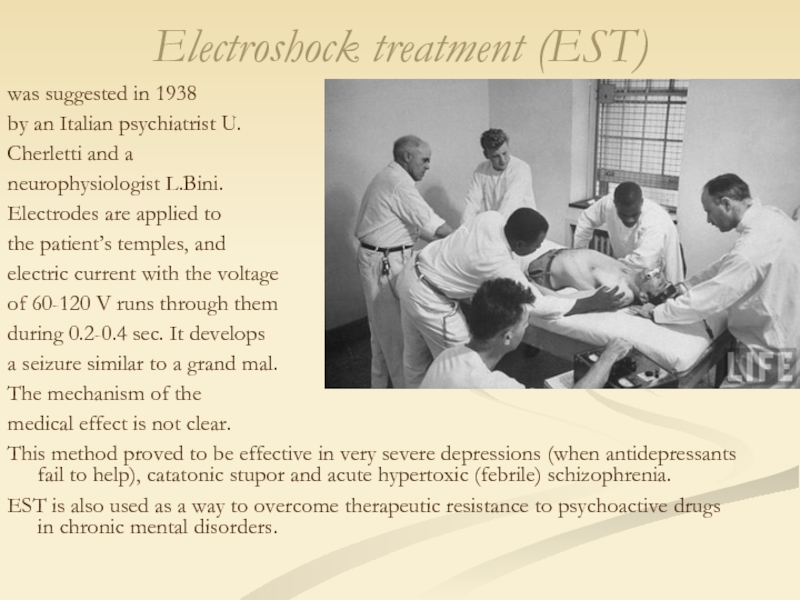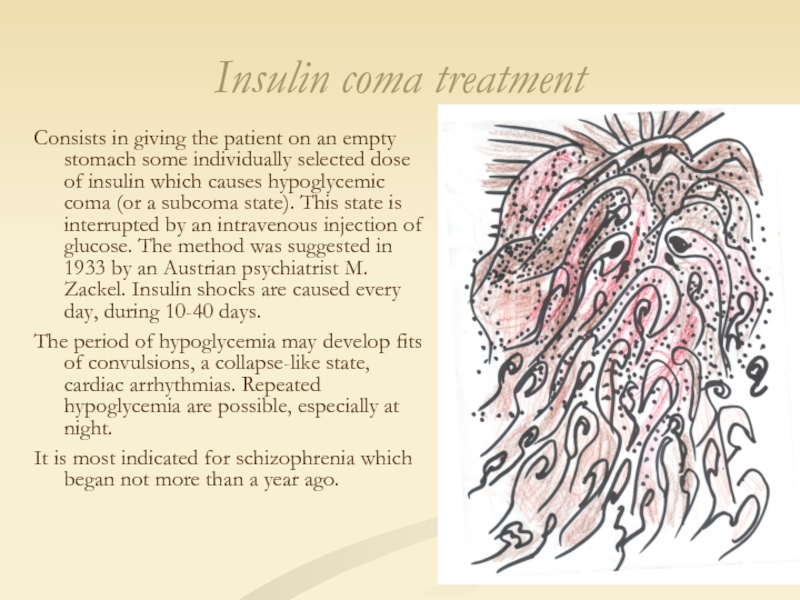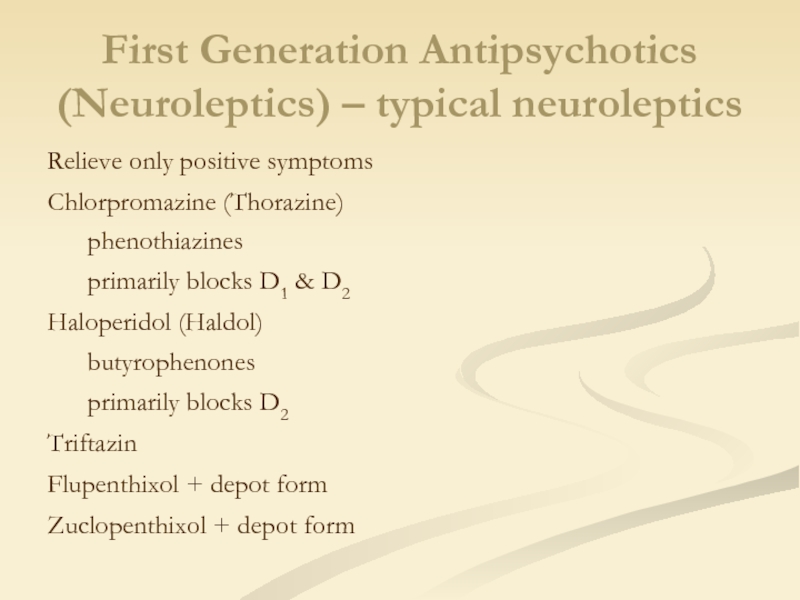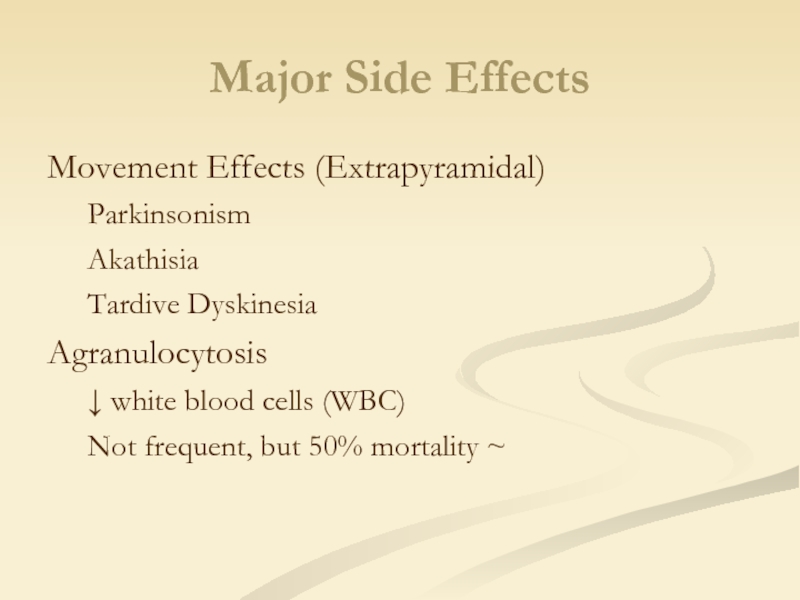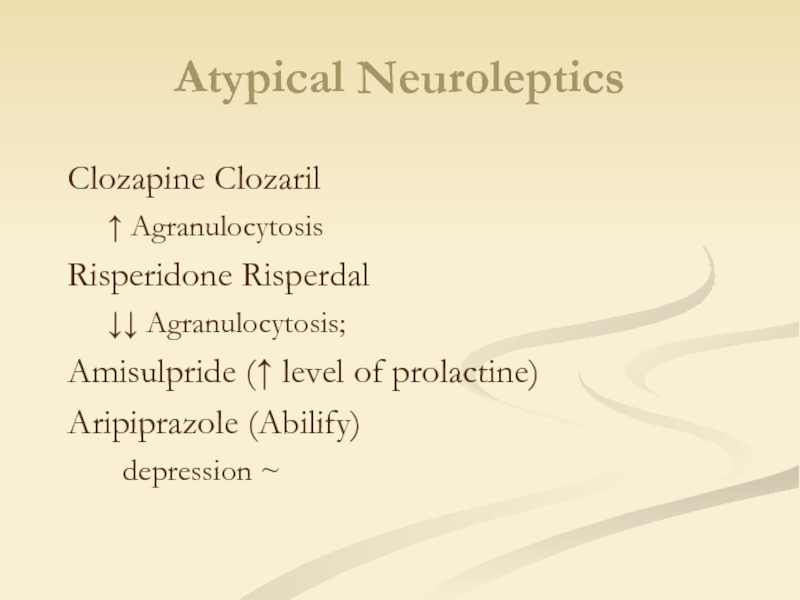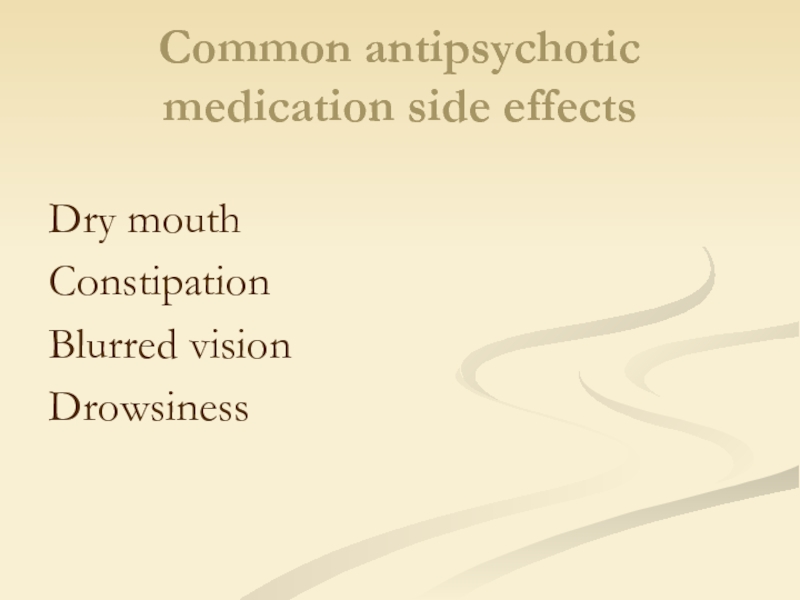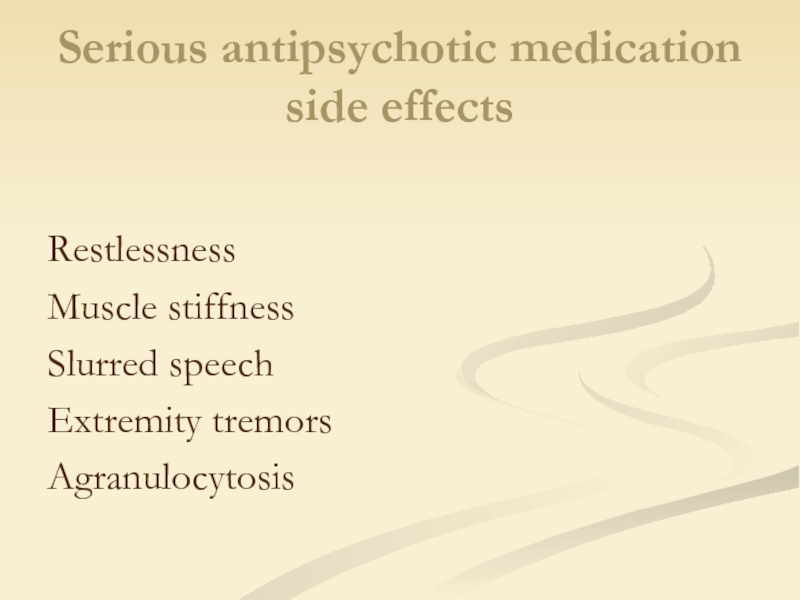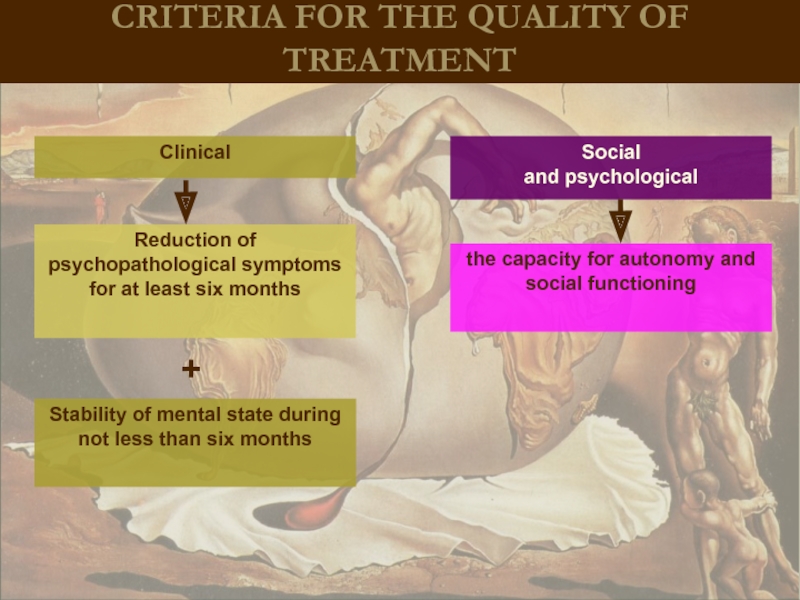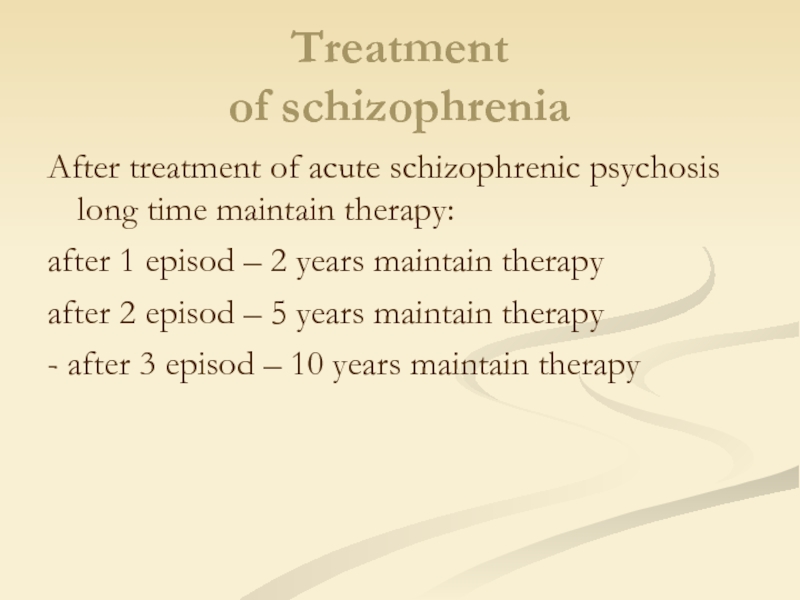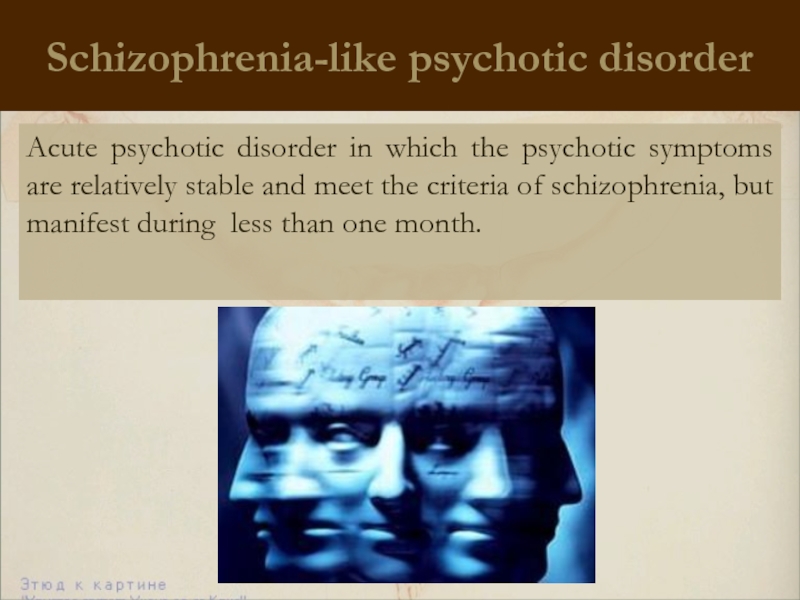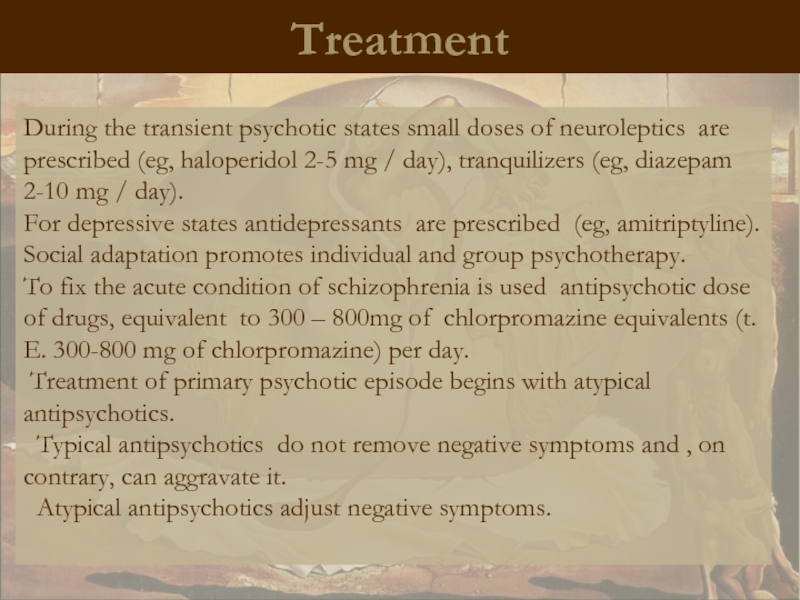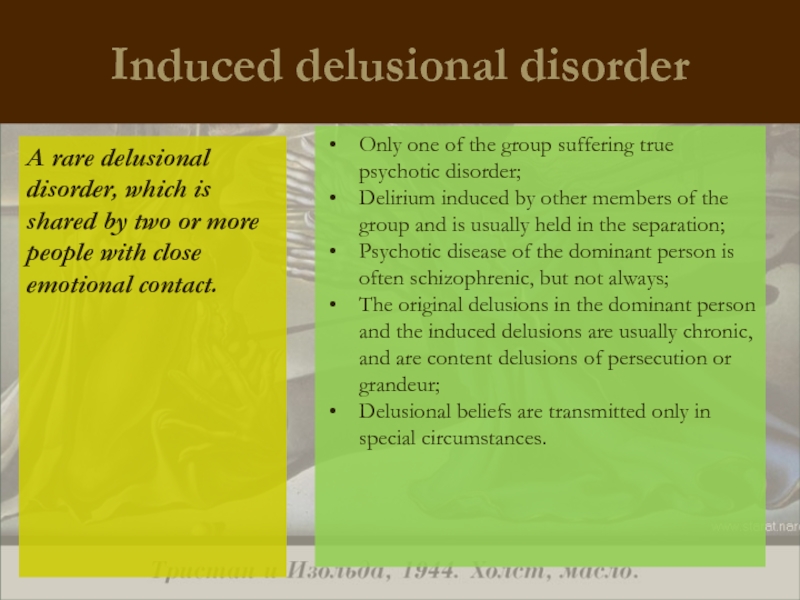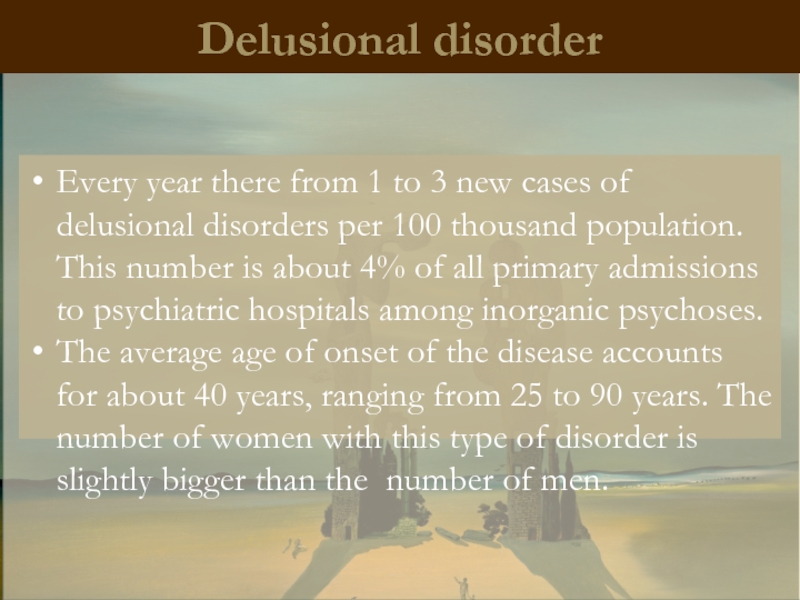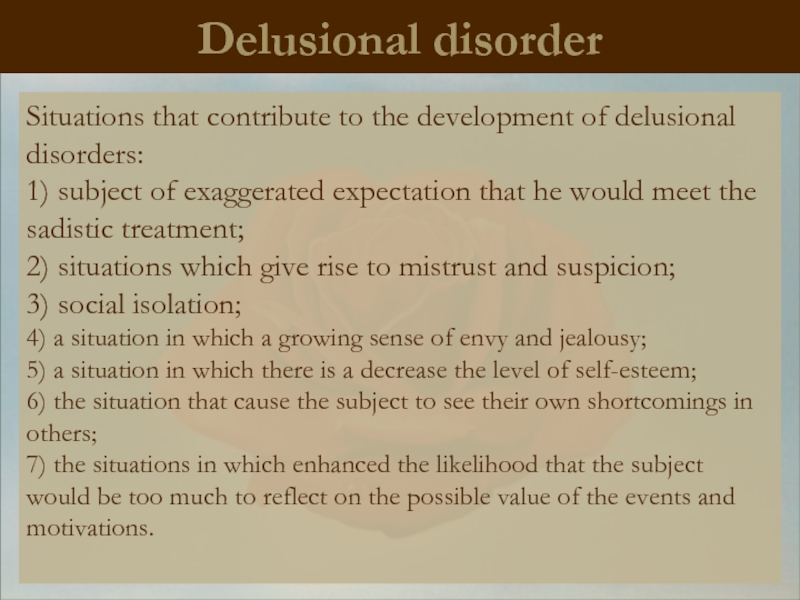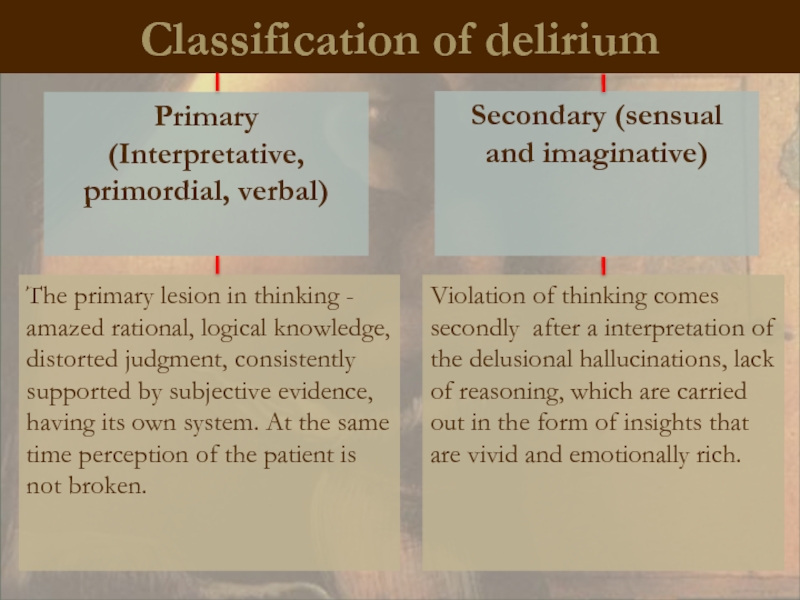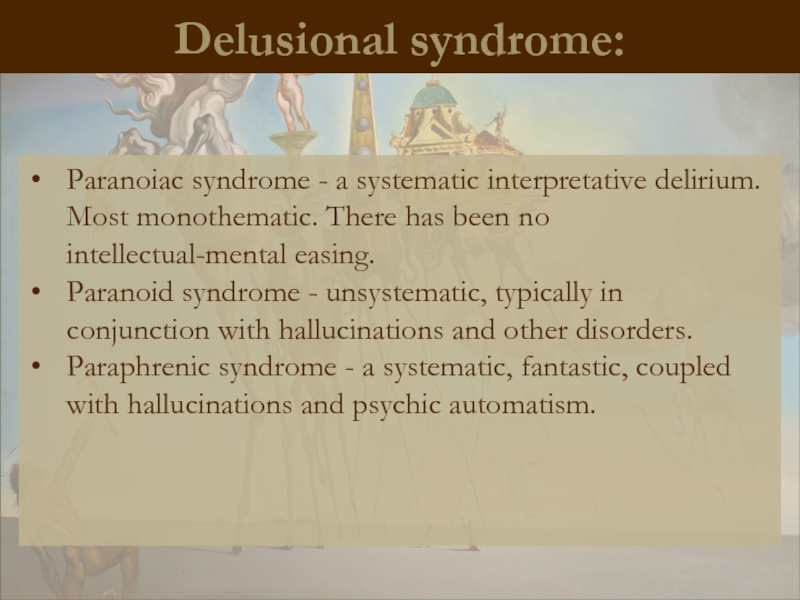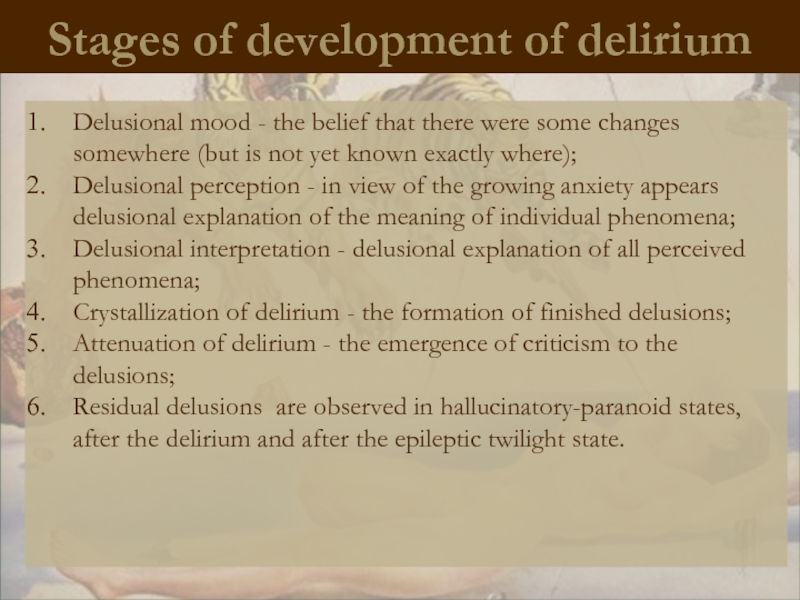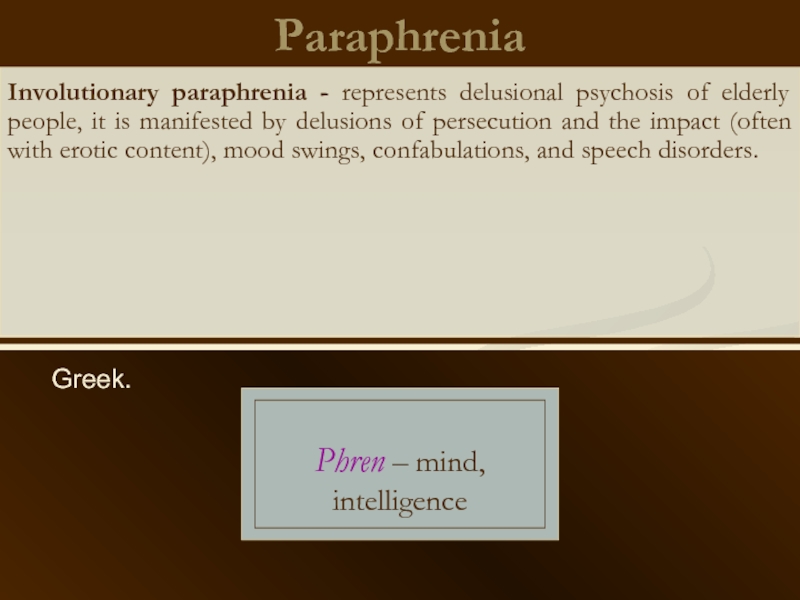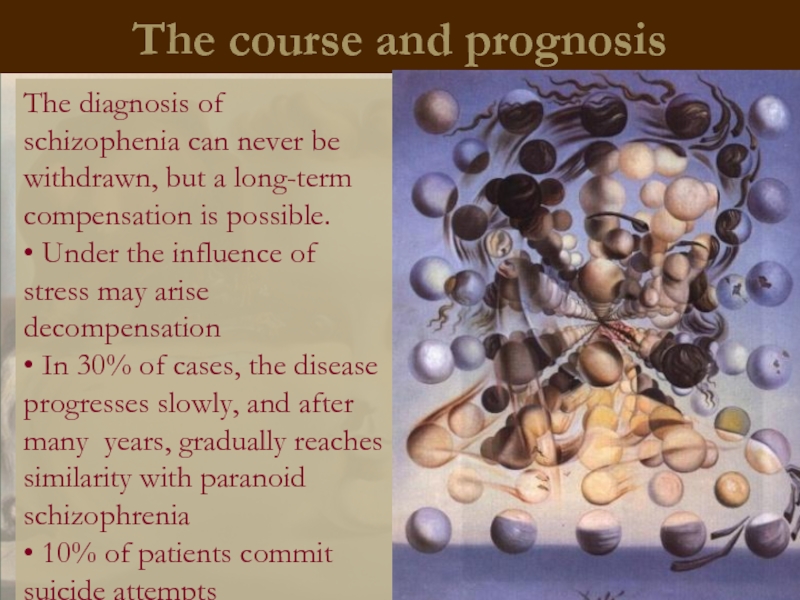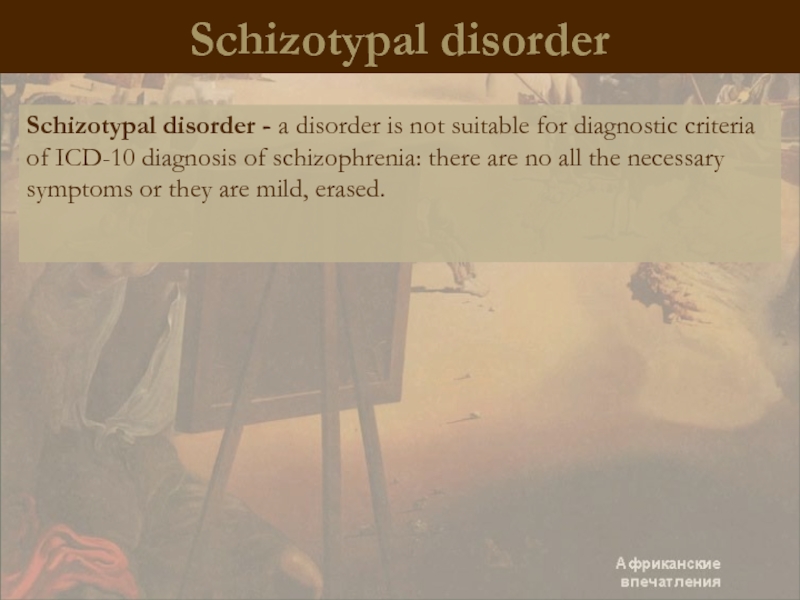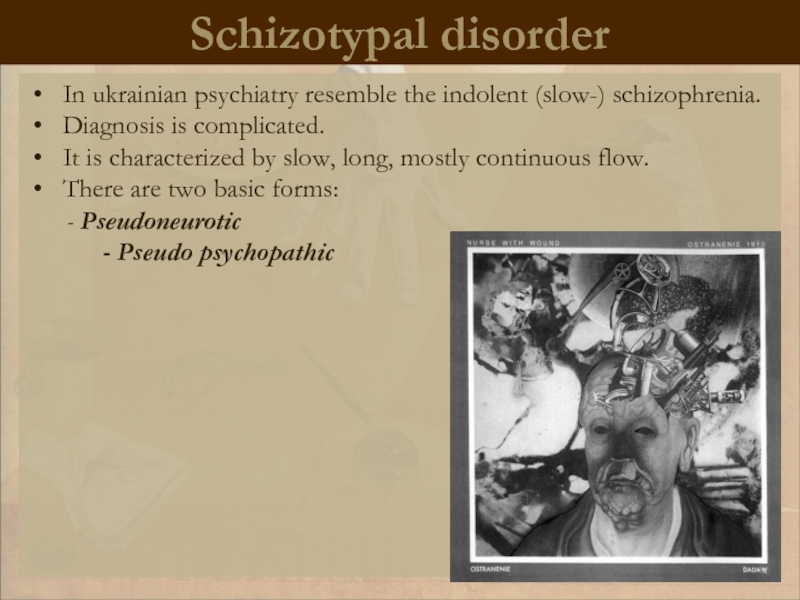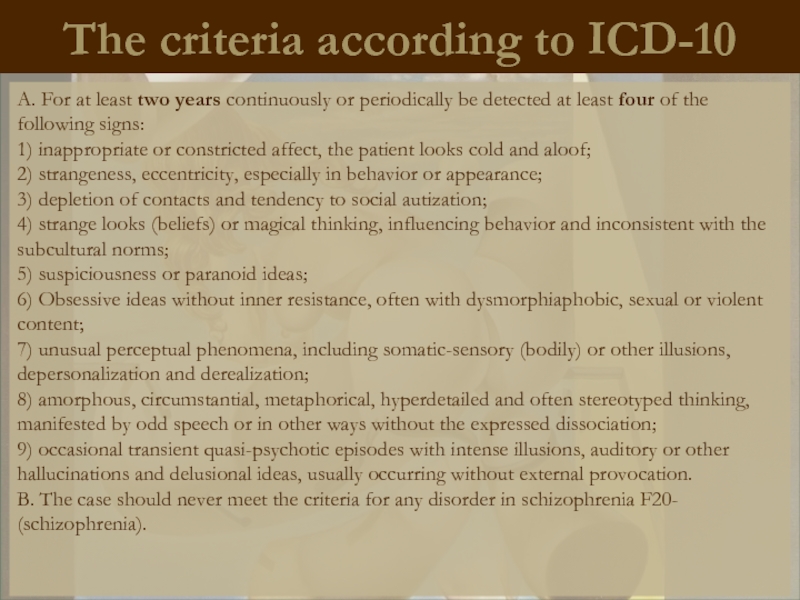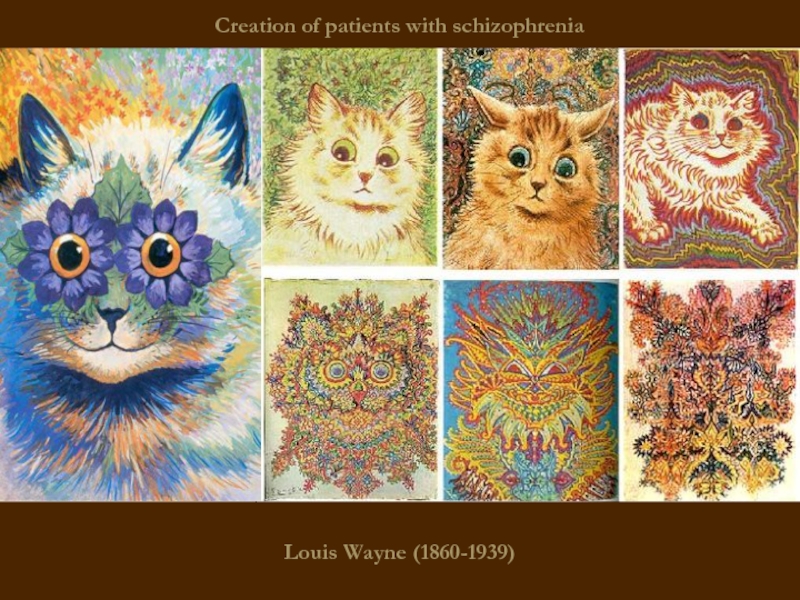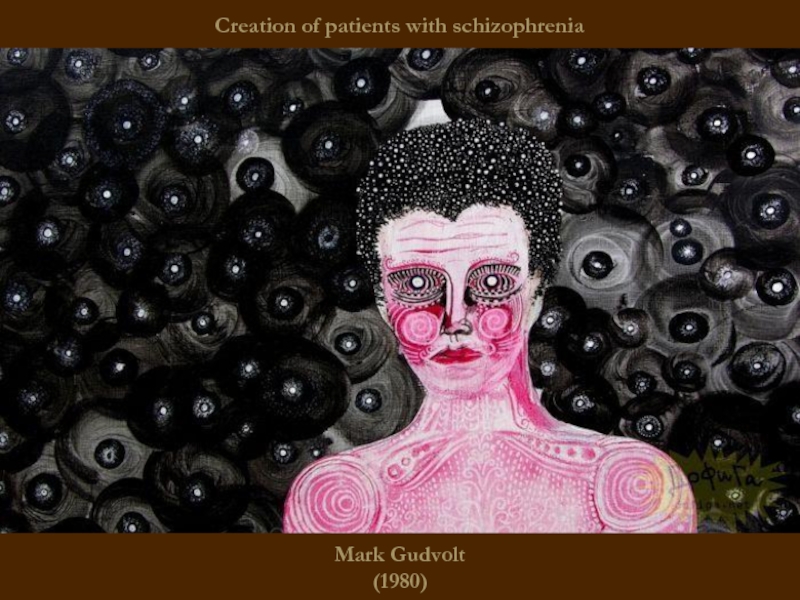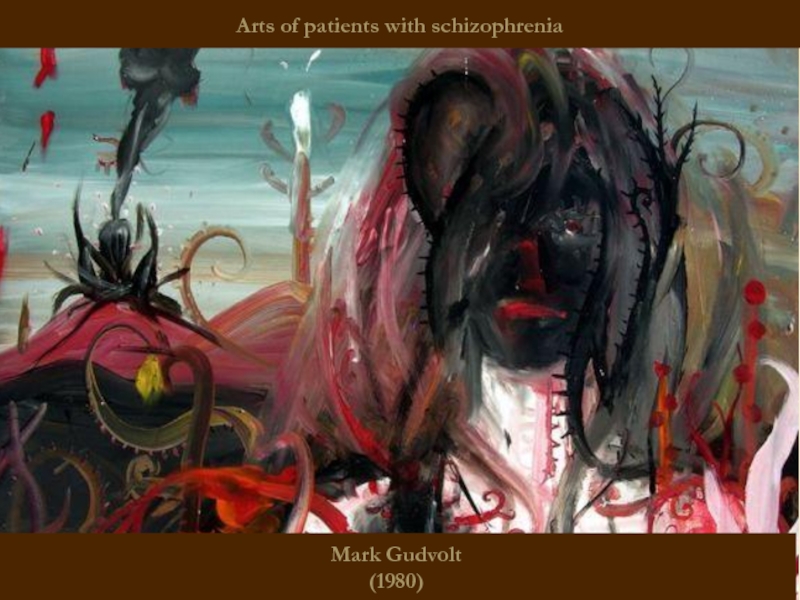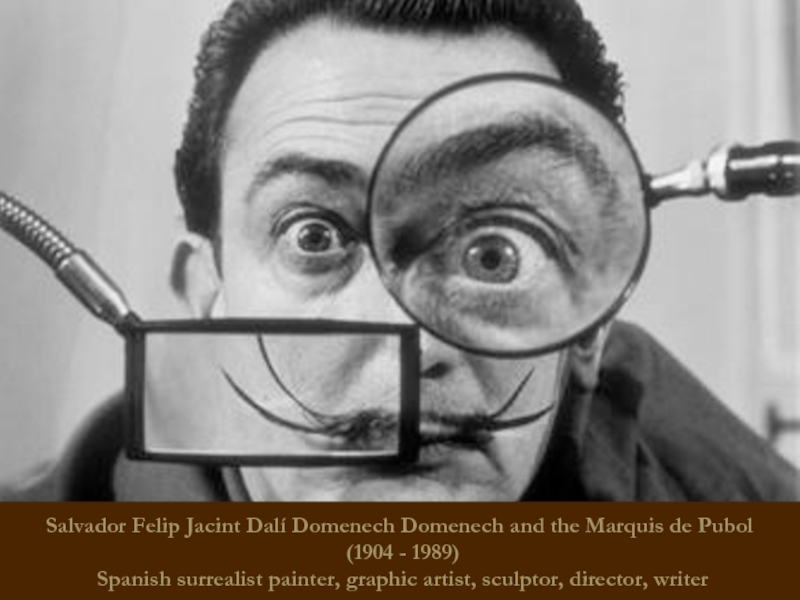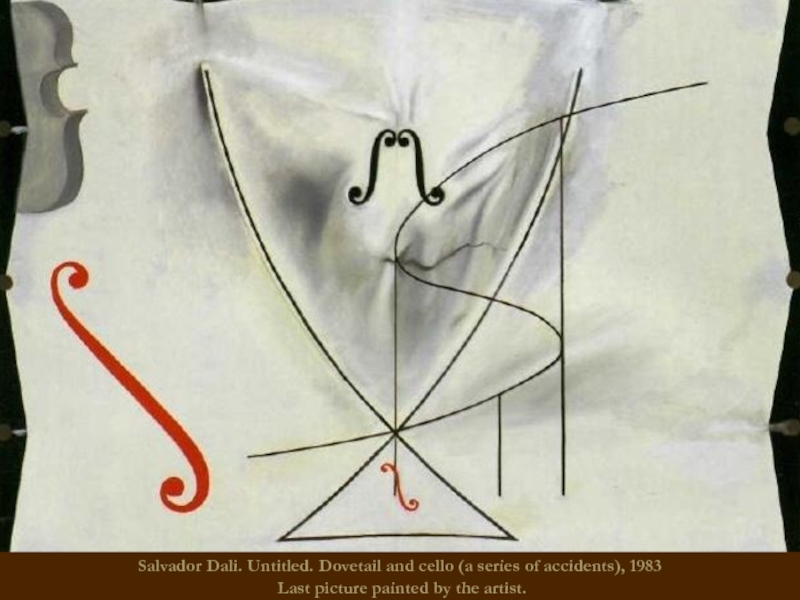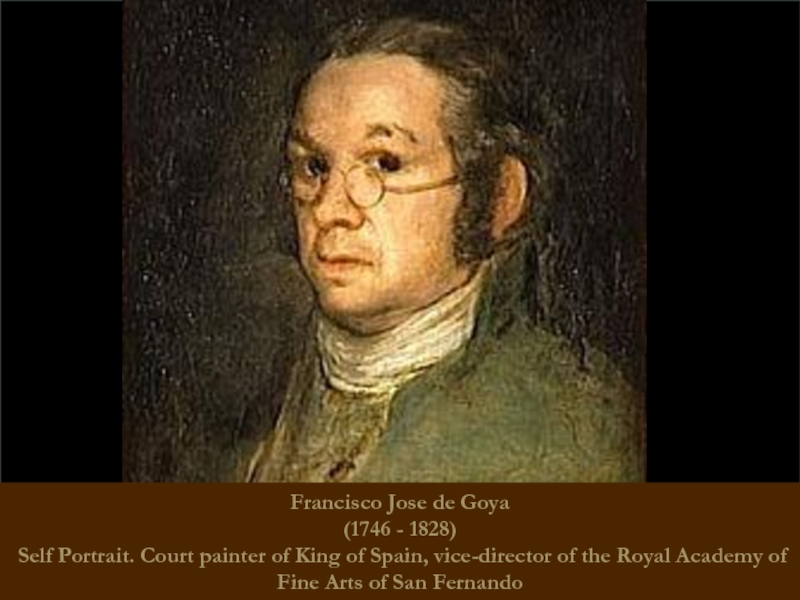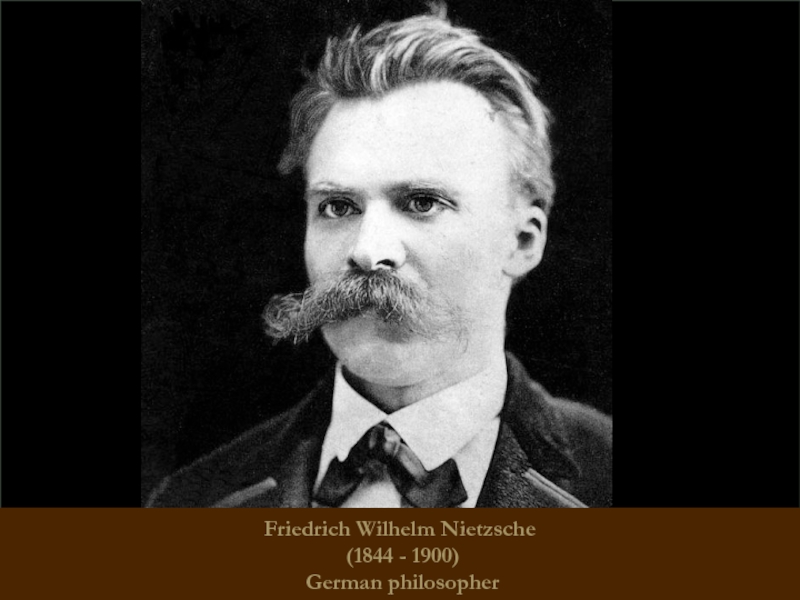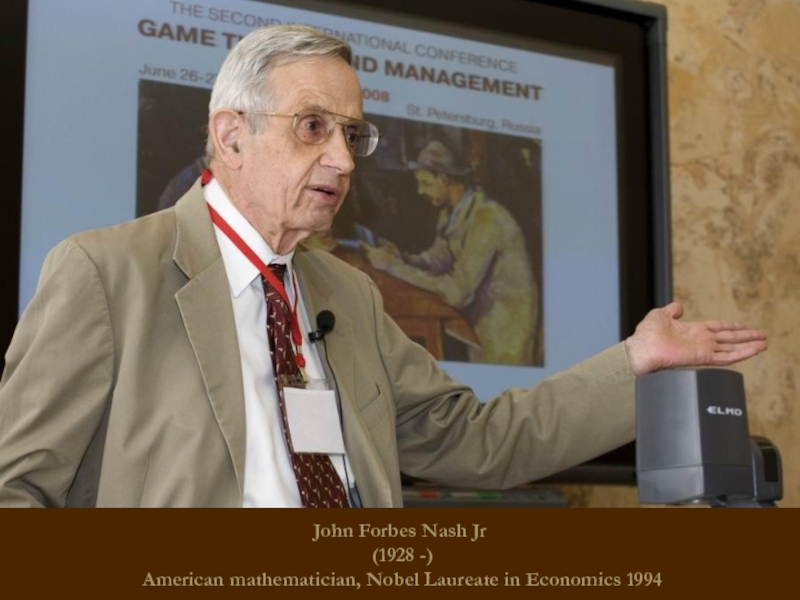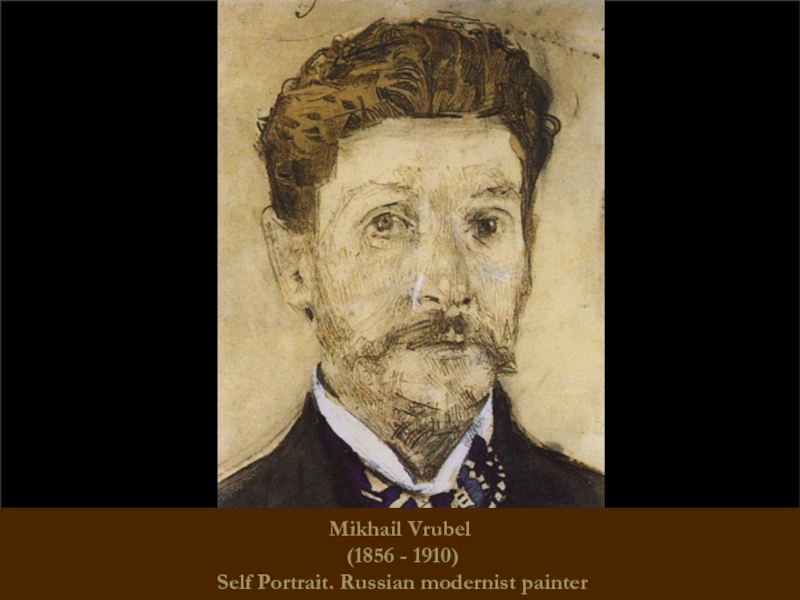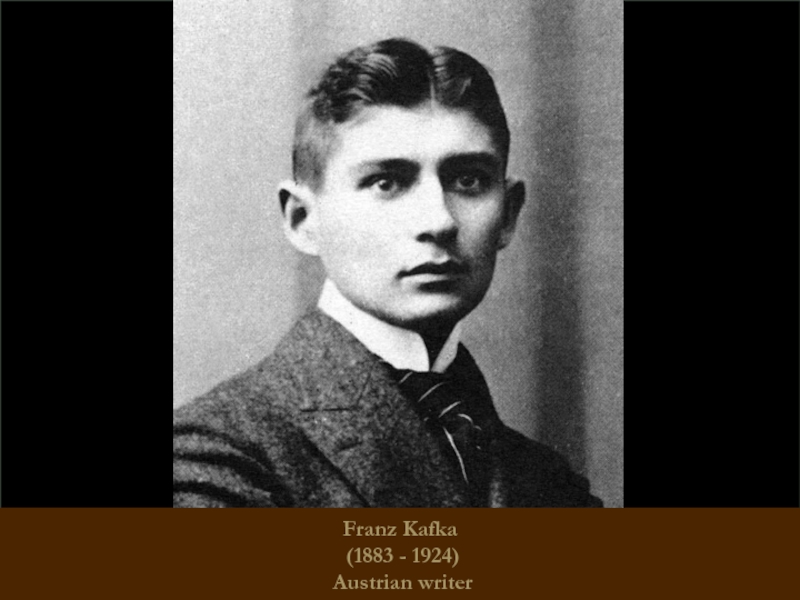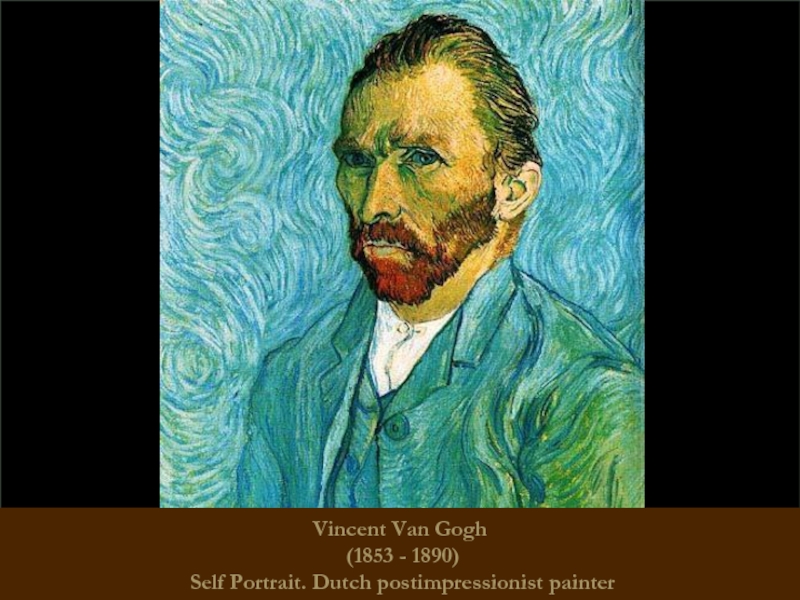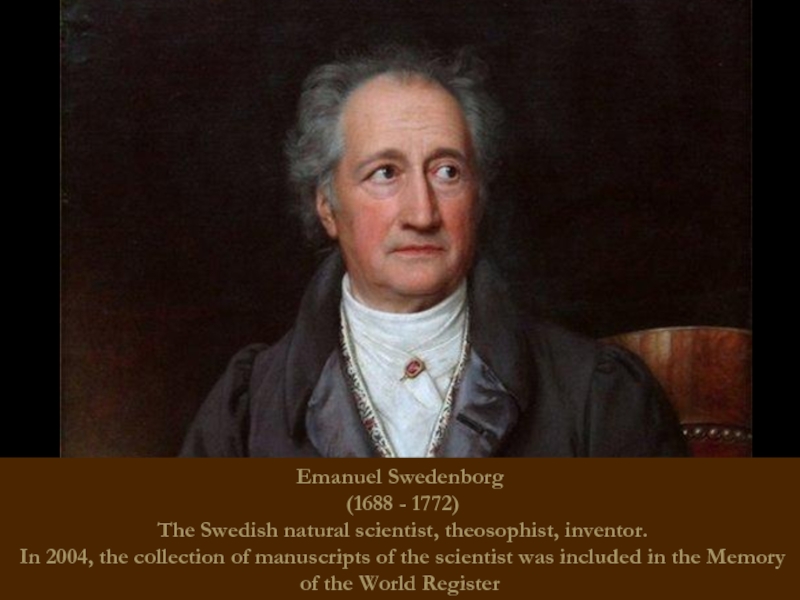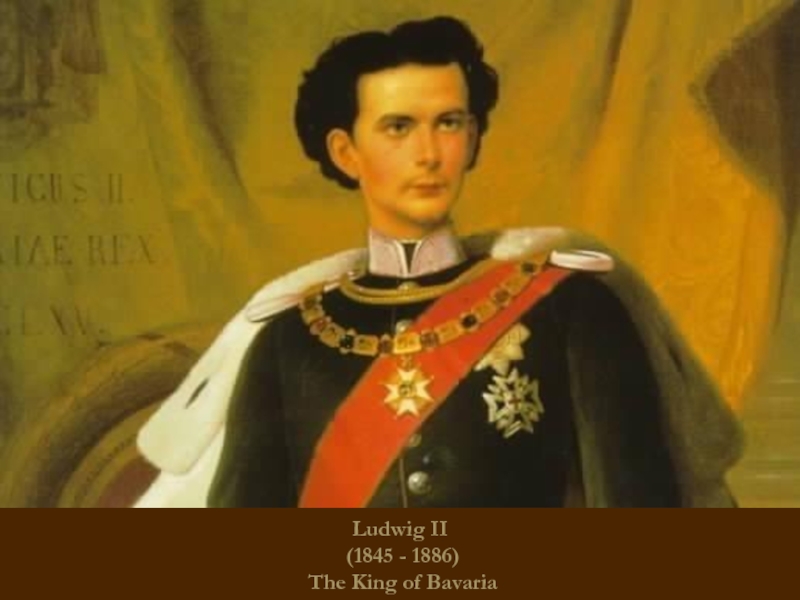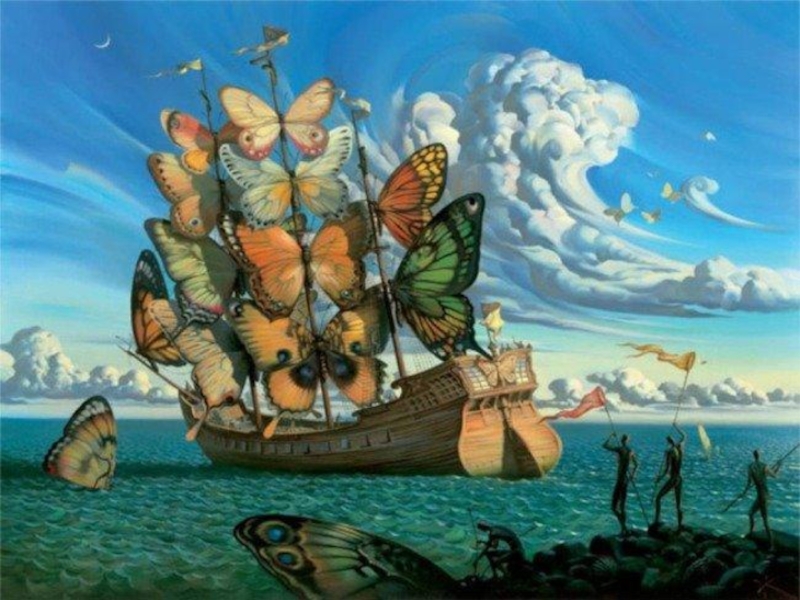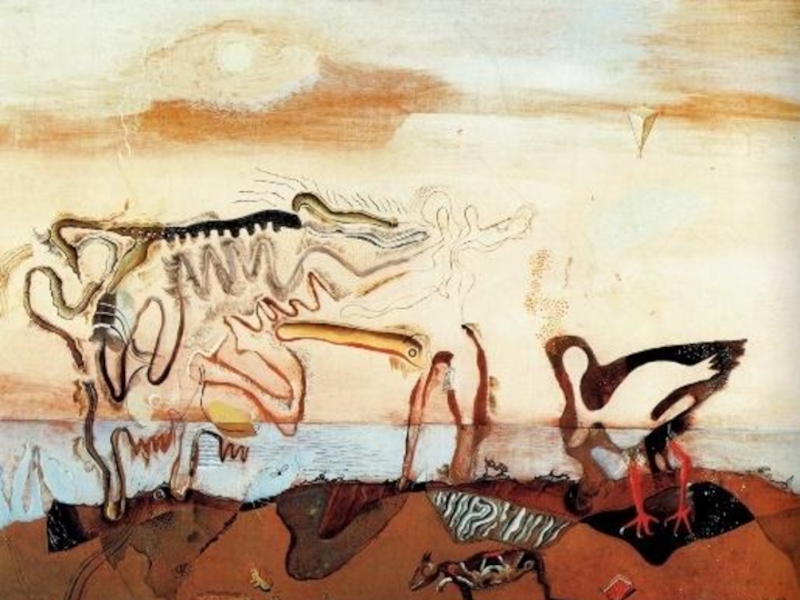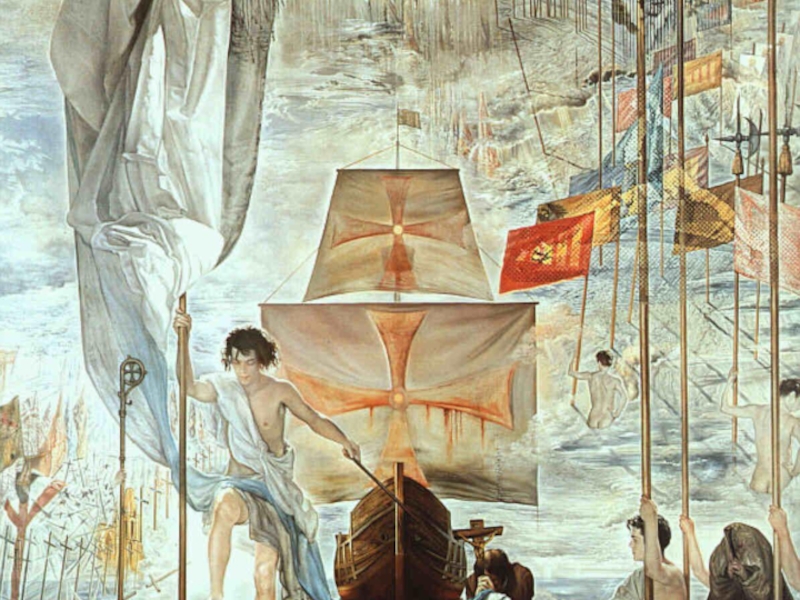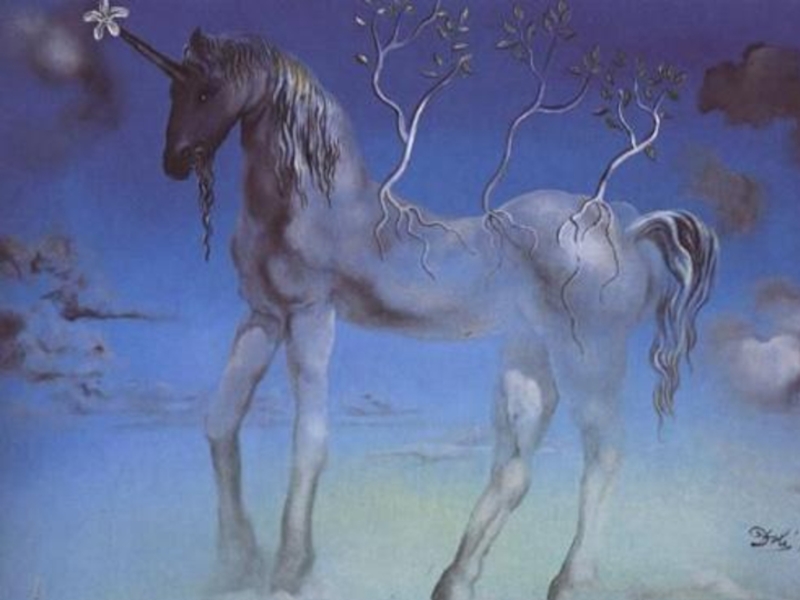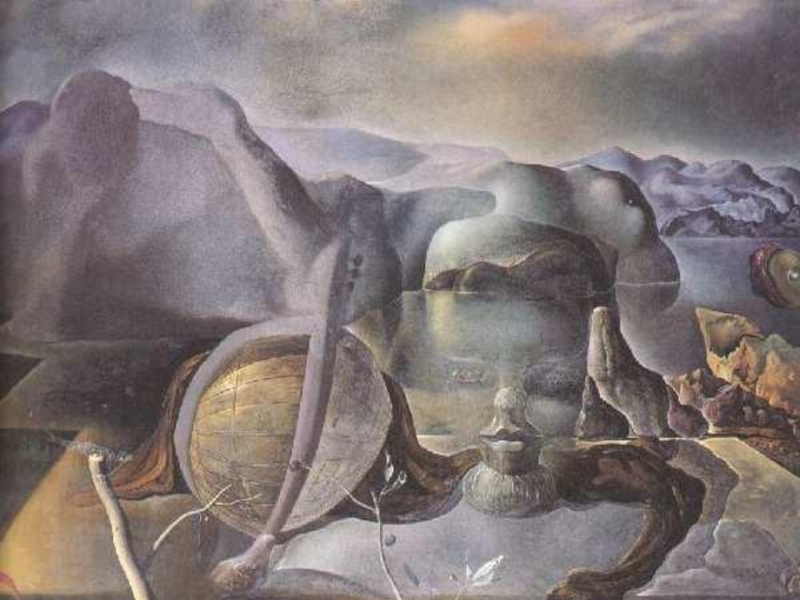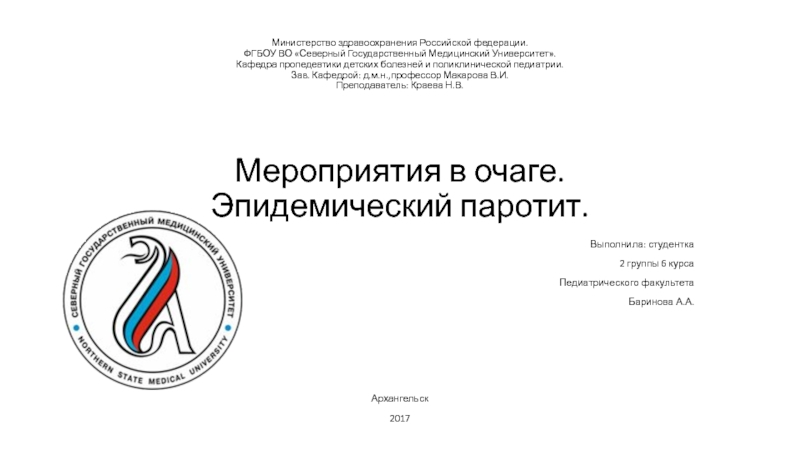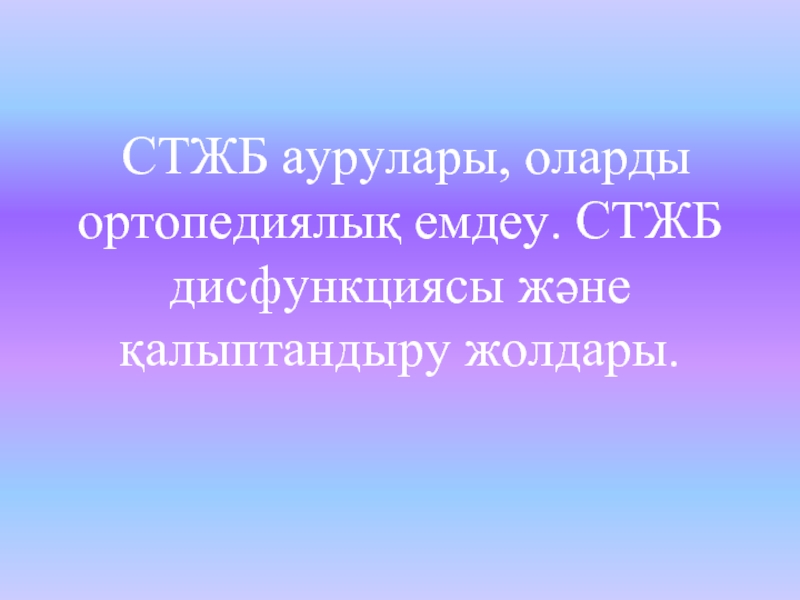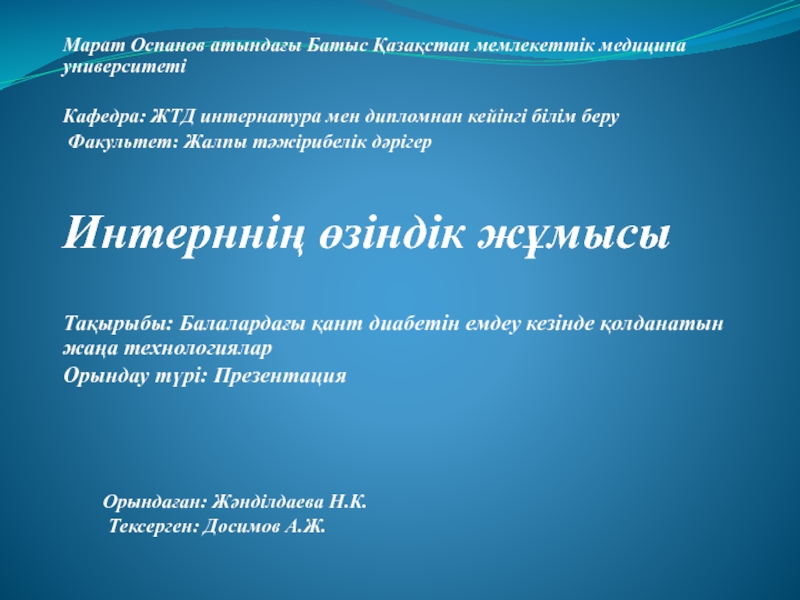Zaporizhie State Medical University
Faculty of psychiatry, psychotherapy, general and medical psychology,
narcology and sexology
- Главная
- Разное
- Дизайн
- Бизнес и предпринимательство
- Аналитика
- Образование
- Развлечения
- Красота и здоровье
- Финансы
- Государство
- Путешествия
- Спорт
- Недвижимость
- Армия
- Графика
- Культурология
- Еда и кулинария
- Лингвистика
- Английский язык
- Астрономия
- Алгебра
- Биология
- География
- Детские презентации
- Информатика
- История
- Литература
- Маркетинг
- Математика
- Медицина
- Менеджмент
- Музыка
- МХК
- Немецкий язык
- ОБЖ
- Обществознание
- Окружающий мир
- Педагогика
- Русский язык
- Технология
- Физика
- Философия
- Химия
- Шаблоны, картинки для презентаций
- Экология
- Экономика
- Юриспруденция
Schizophrenia. Delusional disorder. Schizotypal disorder презентация
Содержание
- 1. Schizophrenia. Delusional disorder. Schizotypal disorder
- 2. DEFINITION Gr.. φρήν –
- 3. HISTORY OF SCHIZOPHRENIA Emil Kraepelin:In 1883, separated
- 4. HISTORY OF SCHIZOPHRENIA Eugen Bleuler
- 5. HISTORY OF SCHIZOPHRENIA Four
- 6. Epidemiology of schizophrenia The prevalence of
- 7. Psychological consequences of schizophrenia The most
- 8. Etiology of schizophrenia Genetically inhereted
- 9. Pathogenesis of schizophrenia Neurotransmitter disorders Morphological
- 10. Pathogenesis of schizophrenia 2 types of
- 11. CLINIC OF SCHIZOPHRENIA Emotional disorder NEGATIVE
- 12. «SKHIZIS» The process of thinking is
- 13. Classification Types of course Clinical
- 14. A simple form of schizophrenia There
- 15. A simple form of schizophrenia (Anorexia due to apathy abulic syndrome)
- 16. Hebephrenic schizophrenia Starting at adolescence,
- 17. hebephrenic schizophrenia (hebephrenic excitation)
- 18. Paranoid schizophrenia Hallucinatory-paranoid syndrome dominates. Possible
- 19. Paranoid schizophrenia (Pretentious posture, hallucinatory-paranoid syndrome)
- 20. Paranoid schizophrenia (Paraphrenic syndrome)
- 21. Catatonic schizophrenia It begins with
- 22. Catatonic schizophrenia (waxy flexibility)
- 23. Catatonic schizophrenia (waxy flexibility, a symptom of the proboscis)
- 24. Catatonic schizophrenia
- 25. Febrile schizophrenia oneiric bouts of
- 26. Schizophrenic "defect" – irreversible personality
- 27. Types of schizophrenic "defect" Apatite-abulic -
- 28. Types of schizophrenic "defect" Thymopathic -
- 29. The prognosis for schizophrenia It depends
- 30. Treatment of SCHIZOPHRENIA
- 31. STAGES OF TREATMENT
- 32. Treatment of schizophrenia Biological methods (insulin-coma therapy, electro-convulsive therapy) psychopharmacology (Antipsychotics) psychotherapy
- 33. THERAPY BIOLOGICAL PSYCHOSOCIAL Psycho-educational sessions with
- 34. The history of the development
- 35. Electroshock treatment (EST) was suggested in 1938
- 36. Insulin coma treatment Consists in giving the
- 37. First Generation Antipsychotics (Neuroleptics) – typical neuroleptics
- 38. First Generation Antipsychotics (Neuroleptics) – typical neuroleptics
- 39. Major Side Effects Movement Effects (Extrapyramidal) Parkinsonism
- 40. Second Generation Antipsychotics (Atypical Neuroleptics) Relieve negative
- 41. Clozapine Clozaril ↑ Agranulocytosis Risperidone
- 42. Common antipsychotic medication side effects Dry mouth Constipation Blurred vision Drowsiness
- 43. Serious antipsychotic medication side effects Restlessness Muscle stiffness Slurred speech Extremity tremors Agranulocytosis
- 44. CRITERIA FOR THE QUALITY OF TREATMENT
- 45. Treatment of schizophrenia After treatment of acute
- 46. Schizophrenia-like psychotic disorder Acute psychotic disorder
- 47. Treatment During the transient psychotic
- 48. Induced delusional disorder A rare delusional
- 49. Delusional disorder Every year there
- 50. Delusional disorder Situations that contribute
- 51. Classification of delirium Primary (Interpretative, primordial,
- 52. Delusional syndrome: Paranoiac syndrome - a
- 53. Stages of development of delirium Delusional
- 54. Paraphrenia Greek.
- 55. The course and prognosis The diagnosis
- 56. Schizotypal disorder Schizotypal disorder -
- 57. Schizotypal disorder In ukrainian psychiatry
- 58. The criteria according to ICD-10 A.
- 59. Louis Wayne (1860-1939) Creation of patients with schizophrenia
- 60. Mark Gudvolt (1980) Creation of patients with schizophrenia
- 61. Mark Gudvolt (1980) Arts of patients with schizophrenia
- 62. Salvador Felip Jacint Dalí Domenech Domenech and
- 63. Salvador Dali. Untitled. Dovetail and cello (a
- 64. Francisco Jose de Goya (1746
- 65. Friedrich Wilhelm Nietzsche (1844 - 1900) German philosopher
- 66. John Forbes Nash Jr (1928 -) American mathematician, Nobel Laureate in Economics 1994
- 67. Mikhail Vrubel (1856 - 1910) Self Portrait. Russian modernist painter
- 68. Franz Kafka (1883 - 1924) Austrian writer
- 69. Vincent Van Gogh (1853 - 1890) Self Portrait. Dutch postimpressionist painter
- 70. Emanuel Swedenborg (1688 - 1772)
- 71. Ludwig II (1845 - 1886) The King of Bavaria
- 72. Victor Kandinsky (1849 - 1889)
- 73. THANK YOU FOR YOUR ATTENTION!
Слайд 1Pathology, syndromology and nosology of endogenous procedure register. Schizophrenia. Delusional disorder.
Слайд 2
DEFINITION
Gr..
φρήν
– mind, reason
Schizophrenia - a progressive endogenous polymorphic mental disorder
σχίζω
– cleave
Слайд 3HISTORY OF SCHIZOPHRENIA
Emil Kraepelin:In 1883, separated schizophrenia (which he called dementia
"Dementia praecox" 1896
Beginning at puberty
Progressive course
The outcome is a particular type of dementia
Слайд 4
HISTORY OF SCHIZOPHRENIA
Eugen Bleuler
"Schizophrenia" (1911)
"Basic symptoms"
Four "A":
Autism
Associate synthesis disorders
Emotional and volitional
Слайд 6
Epidemiology of schizophrenia
The prevalence of schizophrenia in the world is estimated
The incidence is 15 per 100 000 population
The highest incidence is in the age between 20 and 29 years
Male: female ratio is 1: 1
Слайд 7
Psychological consequences of schizophrenia
The most debilitating of all mental illnesses
Reduced quality
Social "drift" – reduction of the level of patient`s social life
Rarely marry and have children
30% of patients make a suicidal attempt, 10% commit suicide successfully
Occupy more than half of psychiatric hospital beds
75% of patients smoke, 40% abuse alcohol, up to 30% use psychoactive substances
High health care costs for treatment (in the US - $50 billions).
Слайд 8
Etiology of schizophrenia
Genetically inhereted
Adverse
impact of the environment
Psychodynamic
Infectious
Autoimmune
Neurotransmitter
«Stress-diathesis»
Hypotheses
Слайд 9
Pathogenesis of schizophrenia
Neurotransmitter disorders
Morphological changes
Serotonin theory
The dopamine theory
increase in dopaminergic
decrease in dopaminergic activity in the mesocortical pathway
pathogenetic mechanisms
atrophy of the prefrontal cortex
Слайд 10
Pathogenesis of schizophrenia
2 types of schizophrenia
Crow Т. (1985)
hyper-dopaminergic activity
Hypo
Atrophy of gray matter in the prefrontal cortex
POSITIVE
NEGATIVE
good response to classic neuroleptics (D-receptor blockers)
minimal structural damage
relatively satisfactory adaptation
predominance of positive symptoms
atypical antipsychotics are more effective (blocking serotonin receptors more than dopamine receptors)
hidden start
predominance of negative symptoms
chronic or malignant course
Слайд 11
CLINIC OF SCHIZOPHRENIA
Emotional disorder
NEGATIVE
SYMPTOMS
(Deficits)
– define nosological diagnosis of schizophrenia
POSITIVE
SYMPTOMS
(productive)
–
Violations of will and inclinations
Formal thought disorders
Hallucinations
Delusions
Psychic automatism
CLINICAL PRESENTATION
ONEIROID
Motor-volitional disorders
Слайд 12
«SKHIZIS»
The process of thinking is disrupted without connection between thoughts
– "Splitting"
Emotional processes is characterized by emotional inconsistency, inadequacy, ambivalence
Volitional processes is the loss of a single rod willed person, guided human activity that defines its behavior.
The loss of the boundaries of the personality: the feeling that one's own mental processes is imposed, “is made" by someone from outside (psychic automatism with the syndrome Kandinsky-Clerambault)
Autism is the gap between the inner world of the patient and the outside world
Слайд 13
Classification
Types of course
Clinical forms
F20.0 Paranoid schizophrenia
F20.1 Hebephrenic schizophrenia
F20.3 Undifferentiated schizophrenia
F20.4
F20.5 / Residual Schizophrenia
F20.6 / simple type of schizophrenia
F20.8 / other type of schizophrenia
F20.9 / Schizophrenia, unspecified
F20.x0 continuous;
F20.x1 episodic with progressive defect;
F20.x2 episodic stable defect;
F20.x3 remitting episodic (recurrent);
F20.x7 other;
F20.x9 observation period less than a year.
Слайд 14
A simple form of schizophrenia
There are no positive symptoms
negative symptoms
The flow is continuous, progressive
Слайд 16
Hebephrenic schizophrenia
Starting at adolescence, young adulthood
Hebephrenia syndrome dominate (including emotional
Sometimes - occasional hallucinations and individual delusional experiences
The flow is malignant, continuous
Stop of mental development at the age of onset of the disease
Слайд 18
Paranoid schizophrenia
Hallucinatory-paranoid syndrome dominates.
Possible transformation syndrome: paranoiac -> paranoid -> paraphrenic
Duration
continuously-progressive and attack-like progressive
Слайд 21
Catatonic schizophrenia
It begins with an episode of psychomotor agitation.
Leading syndrome –
Meets basic criteria for Schizophrenia
At least 2 catatonic symptoms predominate:
Stupor or motor immobility (catalepsy or waxy flexibility)
–Hyperactivity w/o apparent purpose or not influenced by external stimulation
– Mutism or marked negativism
– Peculiar posturing, stereotypes, or mannerisms
– Echolalia, echomimia, echopraxia
variants:
- Lucid (light) catatonia (without impairment of consciousness, has a malignant course)
oneiric catatonia (with polymorphic productive symptoms, relatively mild course)
Слайд 25
Febrile schizophrenia
oneiric bouts of catatonia, accompanied by a rise in
With a significant rise in temperature (more than 40), and the development of trophic disorders represents a threat to the life of patients (!)
Requires differential diagnosis with neuroleptic malignant syndrome
- requires the use of high doses of chlorpromazine and / or electro-convulsive therapy
Слайд 26
Schizophrenic "defect"
– irreversible personality changes occur during the course of the
individual
Слайд 27
Types of schizophrenic "defect"
Apatite-abulic - the most common defect of emotional
Asthenic - negative symptoms include low intelligence,levels of knowledge and skills. While pre-existing skills are preserved, the level of mental activity of the person is reduced, with the signs of psychic asthenia (vulnerability, sensitivity), exhaustion, dependency, self-doubts.
Neurotic - with the background of emotional blunting, the picture is blurred with the prevalence of disorders of thinking and complaints like neurosis.
Psychopathic - sharp negative changes in the emotional and intellectual spheres, anxiety, instability.
Pseudo organic - psychopathic, combined with the slowing of thought and instinct`s disinhibition.
Слайд 28
Types of schizophrenic "defect"
Thymopathic - "acquired cyclothymia."
Hyperesthenic - appearance after the
Paranoid - most pronounced in the area of disorders of thinking, intelligence stored, negative symptoms expressed moderately. In the structure of the defect - residual delusional and hallucinatory experiences, there is tendency to paranoid ideas, with no emotional color and their tendency to expand and systematize.
Hypomania - a kind of dissociation of psychic functions without adequate emotional response.
Mixed - a combination of different types.
Слайд 29
The prognosis for schizophrenia
It depends on the type of disease
The earlier
Prognosis is better if affective symptoms are prevalent in the clinical picture
Prognosis is worse for patients with poor premorbid background
The forecast is worse for the negative schizophrenia than for the positive (by Crow T.)
Prognosis is worse in the absence of criticism to disease and poor compliance (willingness to follow the doctor's prescriptions)
When properly chosen therapy and good social conditions can lead to good social adaptation of patients
Слайд 32Treatment
of schizophrenia
Biological methods (insulin-coma therapy, electro-convulsive therapy)
psychopharmacology (Antipsychotics)
psychotherapy
Слайд 33
THERAPY
BIOLOGICAL
PSYCHOSOCIAL
Psycho-educational sessions with patients' relatives
Psychotherapy
with patients
Antipsychotics (chlorpromazine, galloperidol, risperon etc.).
detoxication
SYMPTOMATIC
tranquilizers
timostabilizatory
(valprokom, carbamazepine)
antidepressants
(amitriptillin, melitor et al.)
Correction of side effects of neuroleptic treatment (extrapyramidal disorders)
-anticholinergics (tsiklodol, neomidantan)
-nonselective β-blockers
pyrogenic
(malyaro-, sulfazintherapy)
PHARMACOTHERAPY
"Shock" (electroconvulsive therapy, atropino- insulincomatose therapy)
NEUROMETABOLIC
(B3, B6, Zn, Mg)
Слайд 34
The history of the development
of biological therapy
Pyrogenic therapy - (1918)
"Shock" methods
insulin-coma therapy,
electro-convulsive therapy
Psychopharmacotherapy - 1952 - First use of antipsychotic (neuroleptic) (chlorpromazine (chlorpromazine)),
1955 - the first use of an antidepressant (imipramine).
Слайд 35Electroshock treatment (EST)
was suggested in 1938
by an Italian psychiatrist U.
Cherletti and a
neurophysiologist L.Bini.
Electrodes are applied to
the patient’s temples, and
electric current with the voltage
of 60-120 V runs through them
during 0.2-0.4 sec. It develops
a seizure similar to a grand mal.
The mechanism of the
medical effect is not clear.
This method proved to be effective in very severe depressions (when antidepressants fail to help), catatonic stupor and acute hypertoxic (febrile) schizophrenia.
EST is also used as a way to overcome therapeutic resistance to psychoactive drugs in chronic mental disorders.
Слайд 36Insulin coma treatment
Consists in giving the patient on an empty stomach
The period of hypoglycemia may develop fits of convulsions, a collapse-like state, cardiac arrhythmias. Repeated hypoglycemia are possible, especially at night.
It is most indicated for schizophrenia which began not more than a year ago.
Слайд 37First Generation Antipsychotics (Neuroleptics) – typical neuroleptics
Relieve only positive symptoms
Chlorpromazine (Thorazine)
phenothiazines
primarily
Haloperidol (Haldol)
butyrophenones
primarily blocks D2
Triftazin
Flupenthixol + depot form
Zuclopenthixol + depot form
Слайд 38First Generation Antipsychotics (Neuroleptics) – typical neuroleptics
Relieve only positive symptoms
Chlorpromazine (Thorazine)
phenothiazines
primarily
Haloperidol (Haldol)
butyrophenones
primarily blocks D2
Triftazin
Flupenthixol + depot form
Zuclopenthixol + depot form
Слайд 39Major Side Effects
Movement Effects (Extrapyramidal)
Parkinsonism
Akathisia
Tardive Dyskinesia
Agranulocytosis
↓ white blood cells (WBC)
Not
Слайд 40Second Generation Antipsychotics (Atypical Neuroleptics)
Relieve negative & positive symptoms
Lower risk of
Akathisia
Tardive Dyskinesia
Слайд 41
Clozapine Clozaril
↑ Agranulocytosis
Risperidone Risperdal
↓↓ Agranulocytosis;
Amisulpride (↑ level of prolactine)
Aripiprazole
? depression ~
Atypical Neuroleptics
Слайд 43Serious antipsychotic medication side effects
Restlessness
Muscle stiffness
Slurred speech
Extremity tremors
Agranulocytosis
Слайд 44
CRITERIA FOR THE QUALITY OF TREATMENT
Reduction of psychopathological symptoms for at
Clinical
Social
and psychological
the capacity for autonomy and social functioning
Stability of mental state during not less than six months
+
Слайд 45Treatment
of schizophrenia
After treatment of acute schizophrenic psychosis long time maintain therapy:
after
after 2 episod – 5 years maintain therapy
- after 3 episod – 10 years maintain therapy
Слайд 46
Schizophrenia-like psychotic disorder
Acute psychotic disorder in which the psychotic symptoms are
Слайд 47
Treatment
During the transient psychotic states small doses of neuroleptics are
For depressive states antidepressants are prescribed (eg, amitriptyline).
Social adaptation promotes individual and group psychotherapy.
To fix the acute condition of schizophrenia is used antipsychotic dose of drugs, equivalent to 300 – 800mg of chlorpromazine equivalents (t. E. 300-800 mg of chlorpromazine) per day.
Treatment of primary psychotic episode begins with atypical antipsychotics.
Typical antipsychotics do not remove negative symptoms and , on contrary, can aggravate it.
Atypical antipsychotics adjust negative symptoms.
Слайд 48
Induced delusional disorder
A rare delusional disorder, which is shared by two
Only one of the group suffering true psychotic disorder;
Delirium induced by other members of the group and is usually held in the separation;
Psychotic disease of the dominant person is often schizophrenic, but not always;
The original delusions in the dominant person and the induced delusions are usually chronic, and are content delusions of persecution or grandeur;
Delusional beliefs are transmitted only in special circumstances.
Слайд 49
Delusional disorder
Every year there from 1 to 3 new cases
The average age of onset of the disease accounts for about 40 years, ranging from 25 to 90 years. The number of women with this type of disorder is slightly bigger than the number of men.
Слайд 50
Delusional disorder
Situations that contribute to the development of delusional disorders:
1)
2) situations which give rise to mistrust and suspicion;
3) social isolation;
4) a situation in which a growing sense of envy and jealousy;
5) a situation in which there is a decrease the level of self-esteem;
6) the situation that cause the subject to see their own shortcomings in others;
7) the situations in which enhanced the likelihood that the subject would be too much to reflect on the possible value of the events and motivations.
Слайд 51
Classification of delirium
Primary
(Interpretative, primordial, verbal)
Secondary (sensual and imaginative)
Violation of thinking
The primary lesion in thinking - amazed rational, logical knowledge, distorted judgment, consistently supported by subjective evidence, having its own system. At the same time perception of the patient is not broken.
Слайд 52
Delusional syndrome:
Paranoiac syndrome - a systematic interpretative delirium. Most monothematic. There
Paranoid syndrome - unsystematic, typically in conjunction with hallucinations and other disorders.
Paraphrenic syndrome - a systematic, fantastic, coupled with hallucinations and psychic automatism.
Слайд 53
Stages of development of delirium
Delusional mood - the belief that there
Delusional perception - in view of the growing anxiety appears delusional explanation of the meaning of individual phenomena;
Delusional interpretation - delusional explanation of all perceived phenomena;
Crystallization of delirium - the formation of finished delusions;
Attenuation of delirium - the emergence of criticism to the delusions;
Residual delusions are observed in hallucinatory-paranoid states, after the delirium and after the epileptic twilight state.
Слайд 54
Paraphrenia
Greek.
Involutionary paraphrenia - represents delusional psychosis of
Phren – mind, intelligence
Слайд 55
The course and prognosis
The diagnosis of schizophenia can never be withdrawn,
• Under the influence of stress may arise decompensation
• In 30% of cases, the disease progresses slowly, and after many years, gradually reaches similarity with paranoid schizophrenia
• 10% of patients commit suicide attempts
Слайд 56
Schizotypal disorder
Schizotypal disorder - a disorder is not suitable for
Слайд 57
Schizotypal disorder
In ukrainian psychiatry resemble the indolent (slow-) schizophrenia.
Diagnosis is
It is characterized by slow, long, mostly continuous flow.
There are two basic forms:
- Pseudoneurotic
- Pseudo psychopathic
Слайд 58
The criteria according to ICD-10
A. For at least two years continuously
1) inappropriate or constricted affect, the patient looks cold and aloof;
2) strangeness, eccentricity, especially in behavior or appearance;
3) depletion of contacts and tendency to social autization;
4) strange looks (beliefs) or magical thinking, influencing behavior and inconsistent with the subcultural norms;
5) suspiciousness or paranoid ideas;
6) Obsessive ideas without inner resistance, often with dysmorphiaphobic, sexual or violent content;
7) unusual perceptual phenomena, including somatic-sensory (bodily) or other illusions, depersonalization and derealization;
8) amorphous, circumstantial, metaphorical, hyperdetailed and often stereotyped thinking, manifested by odd speech or in other ways without the expressed dissociation;
9) occasional transient quasi-psychotic episodes with intense illusions, auditory or other hallucinations and delusional ideas, usually occurring without external provocation.
B. The case should never meet the criteria for any disorder in schizophrenia F20- (schizophrenia).
